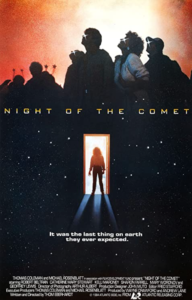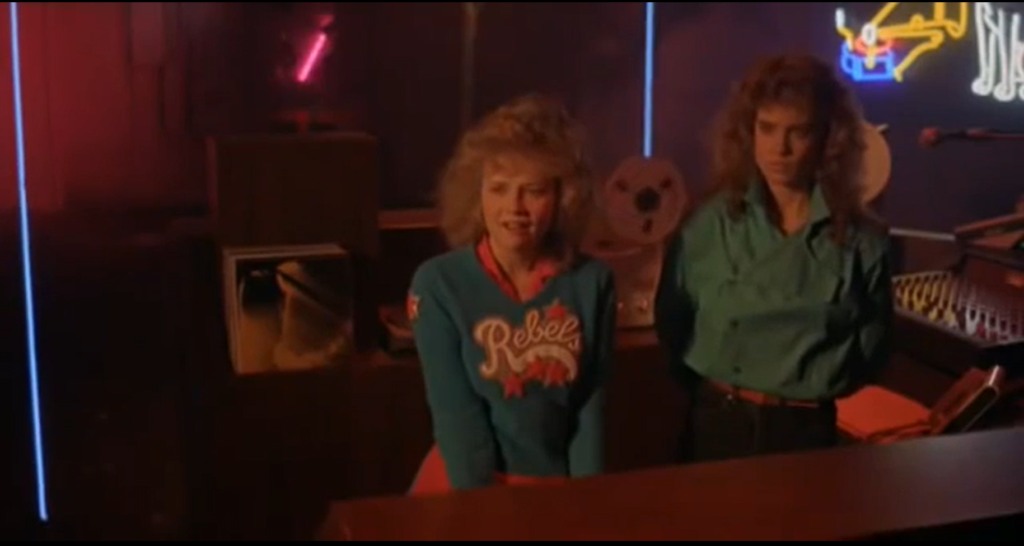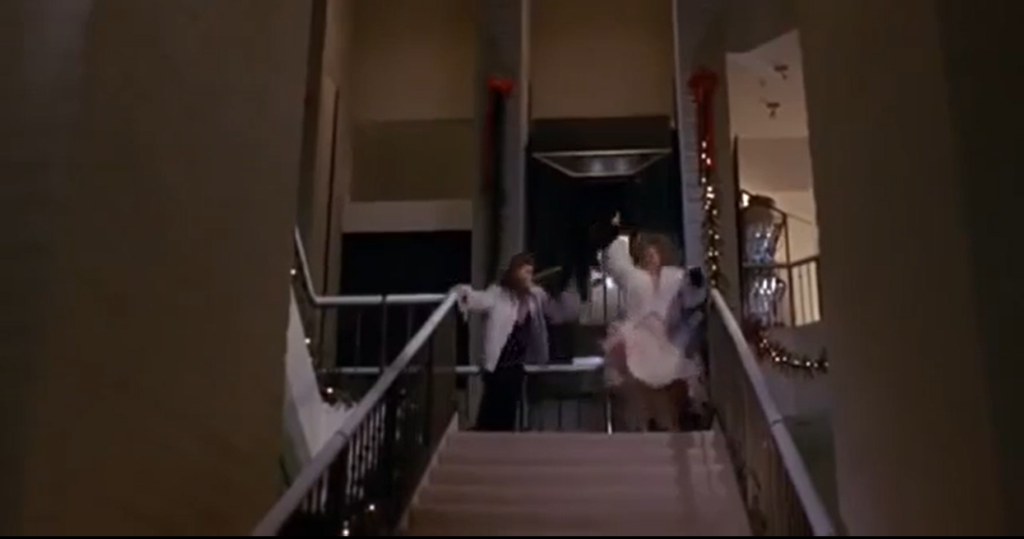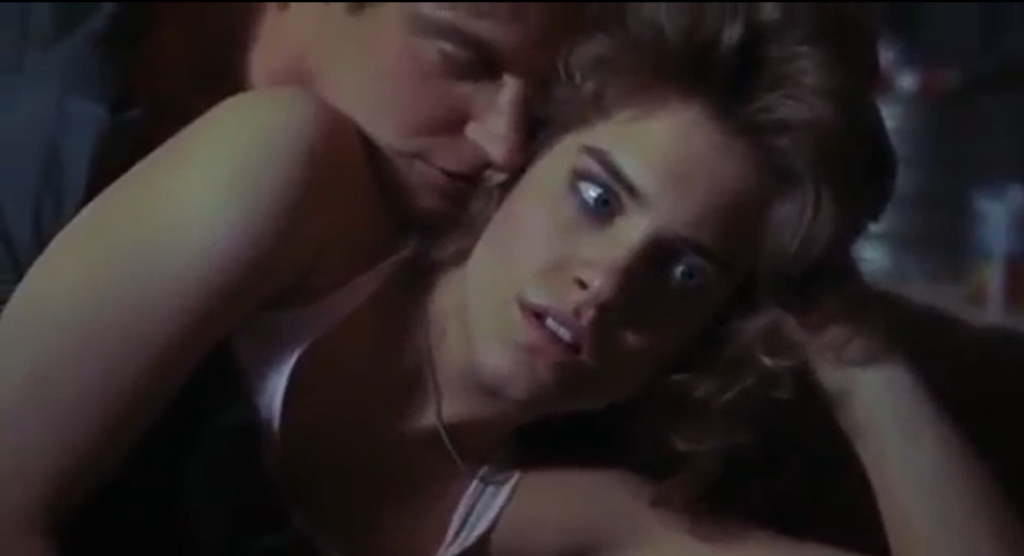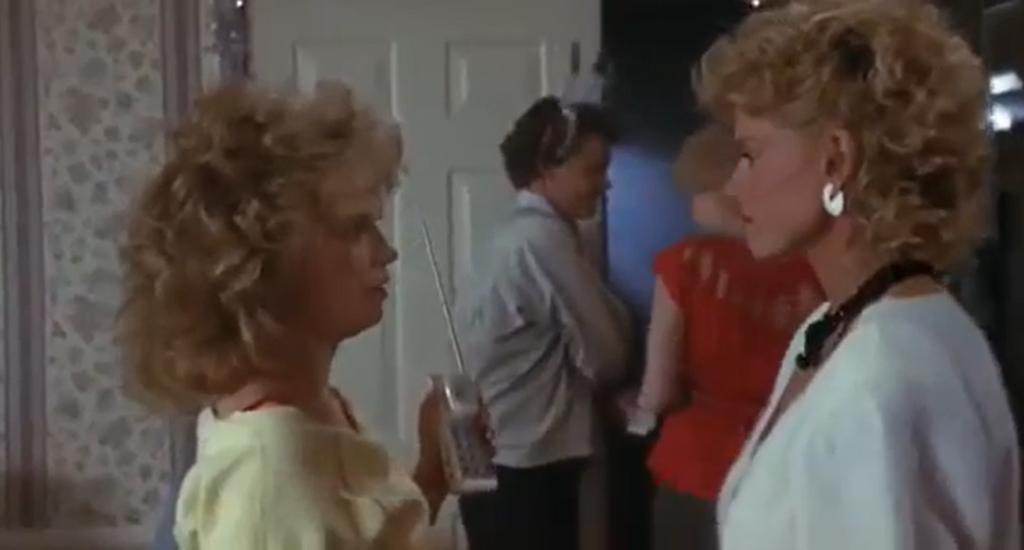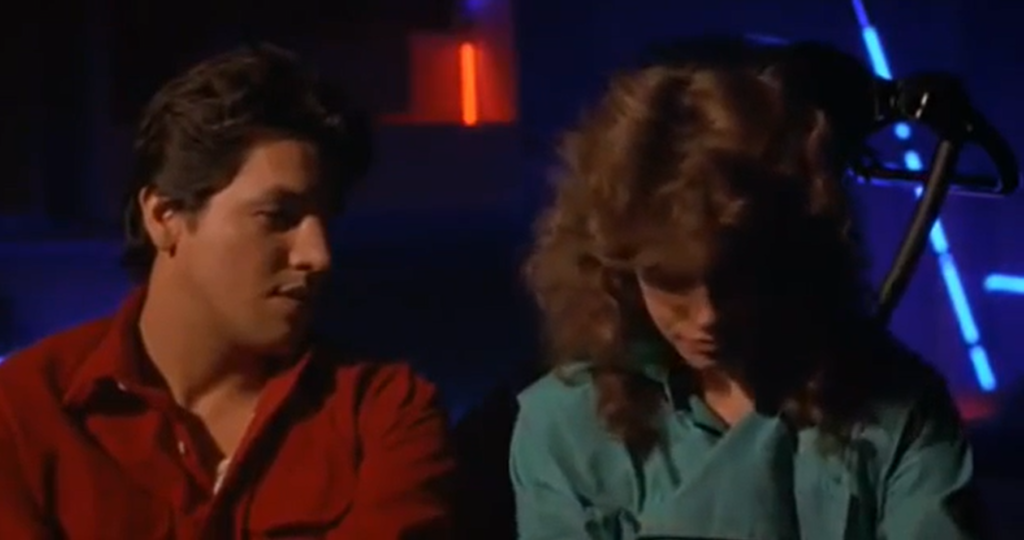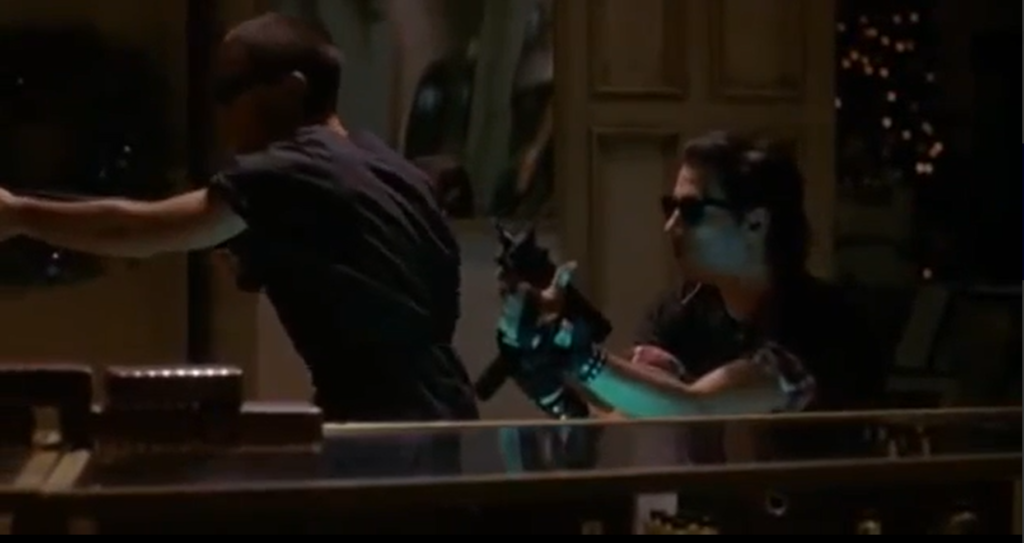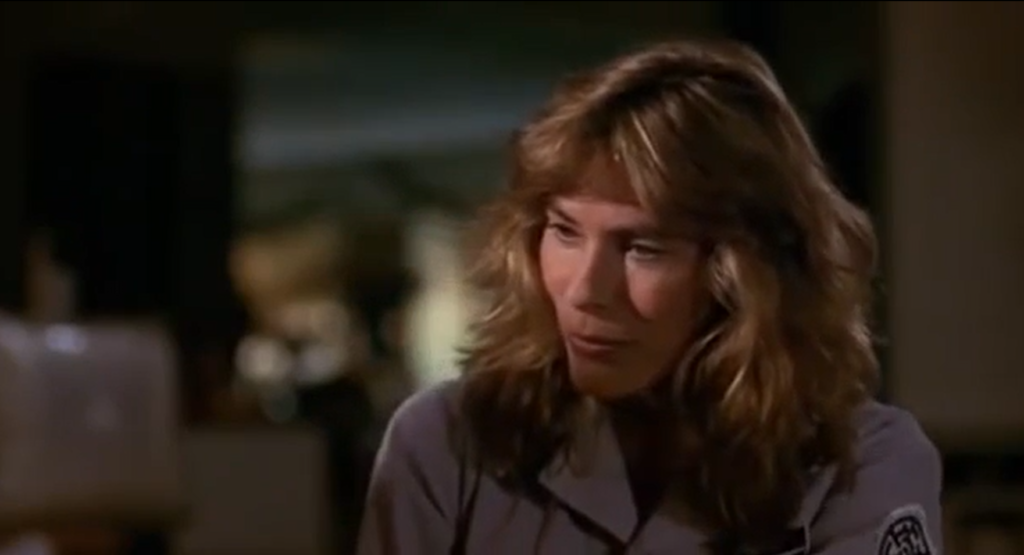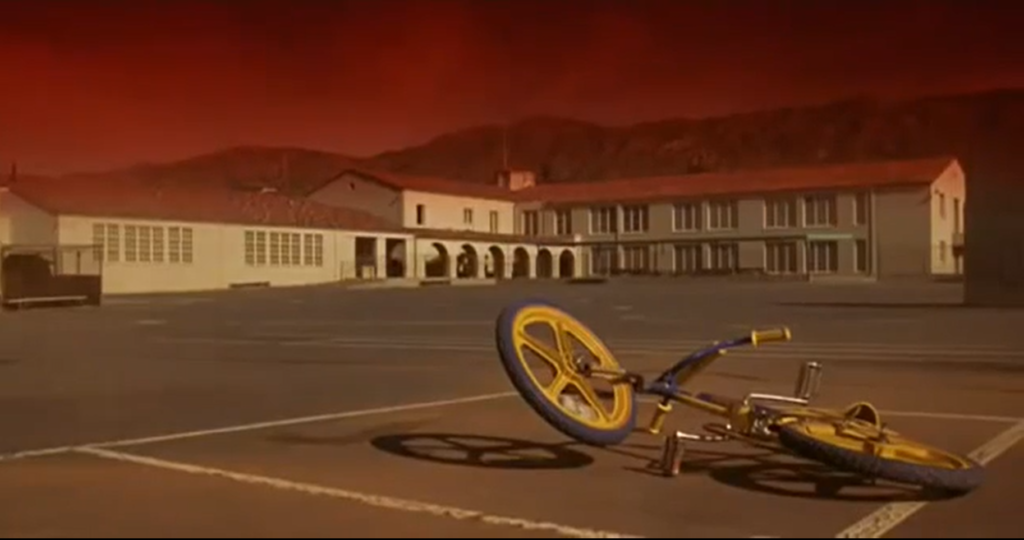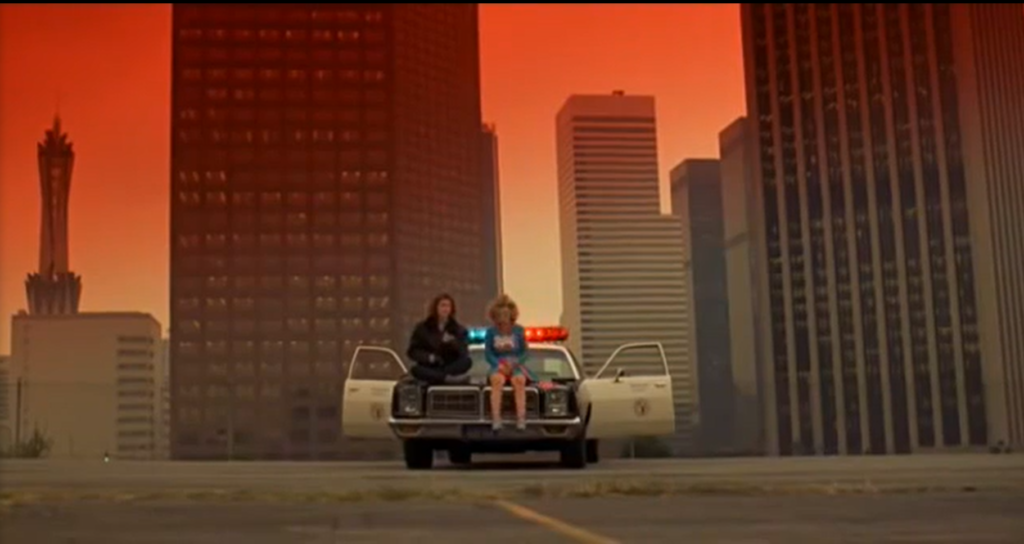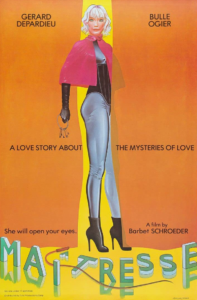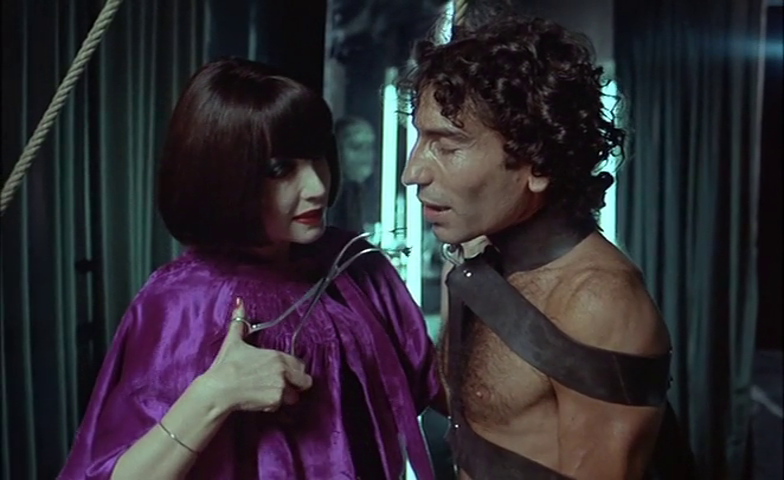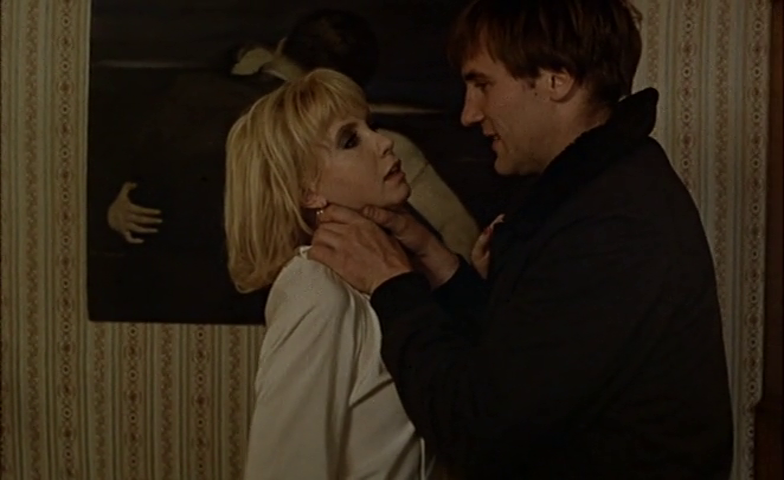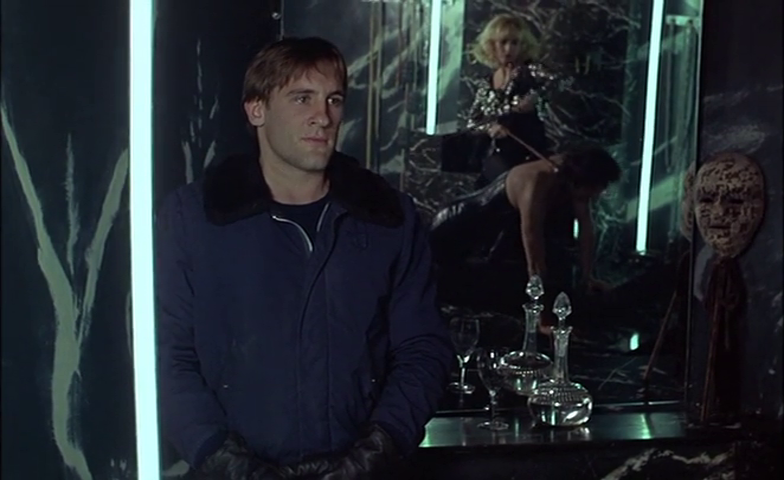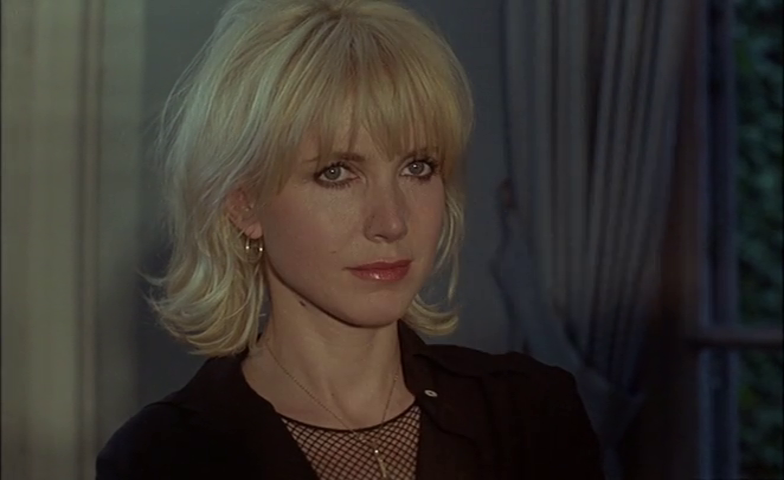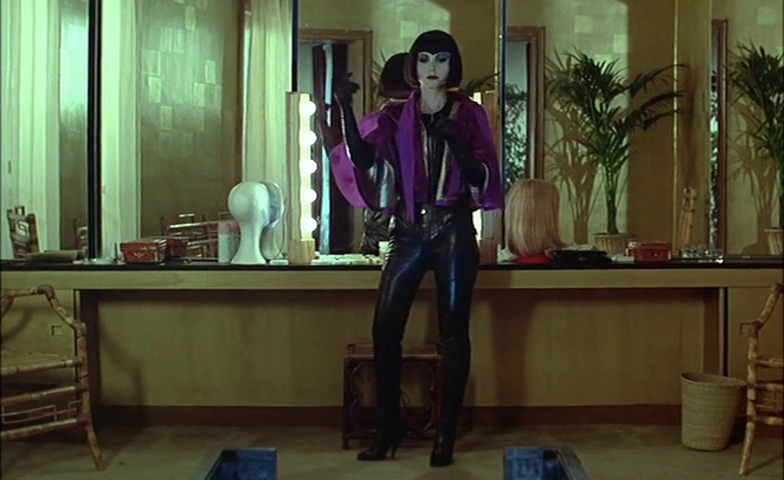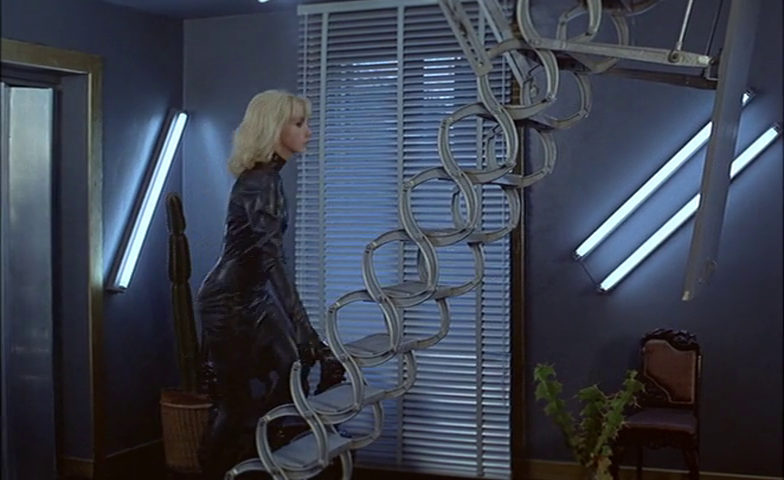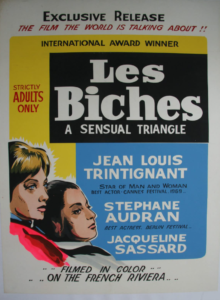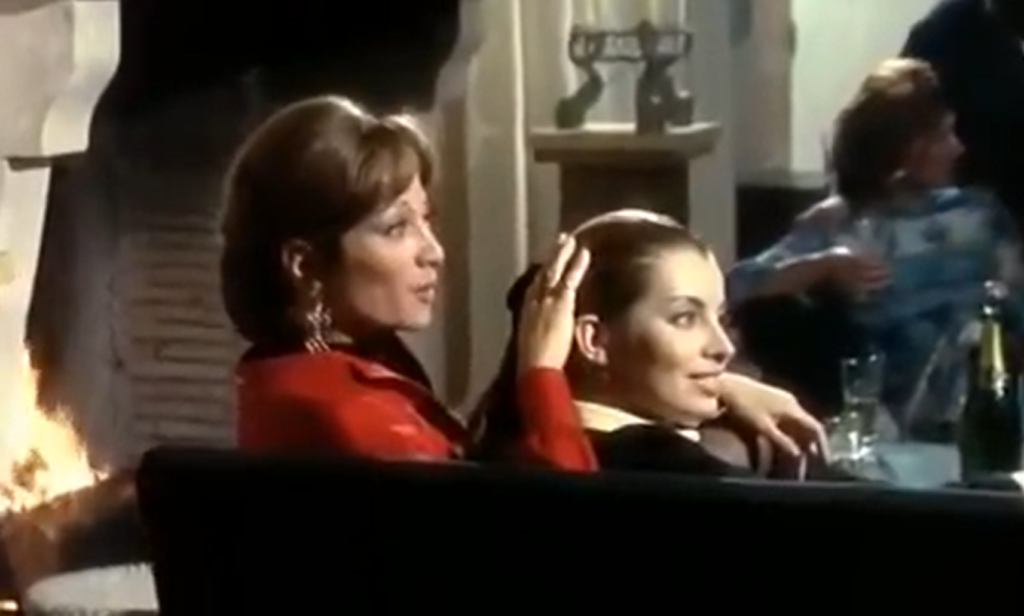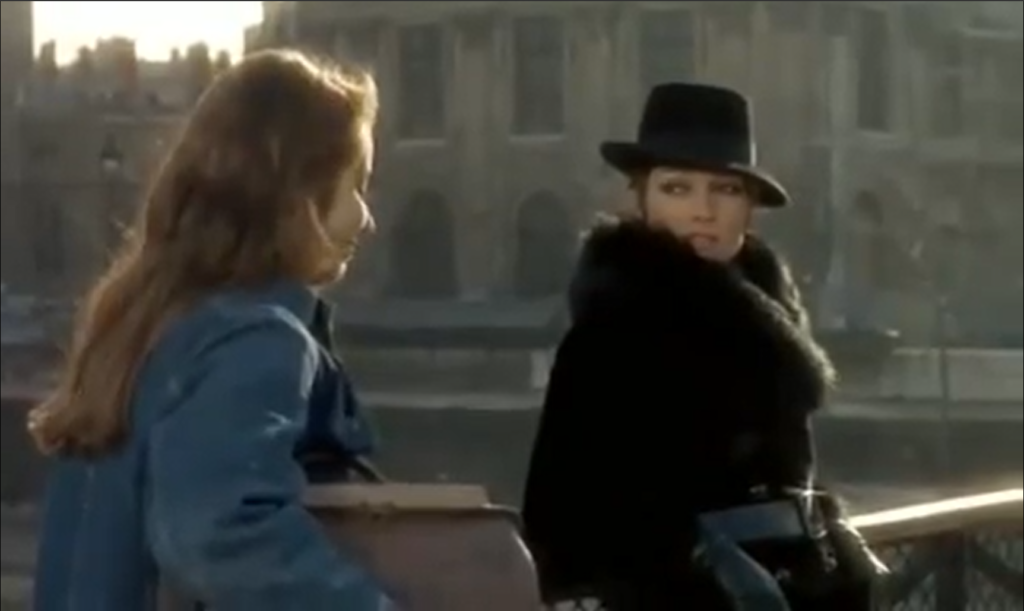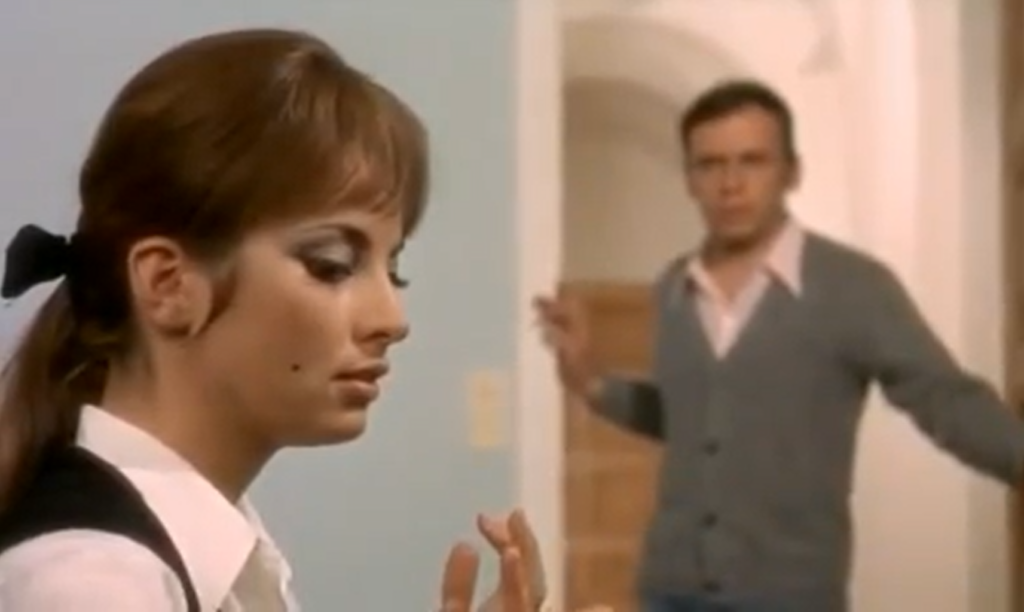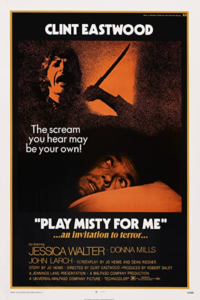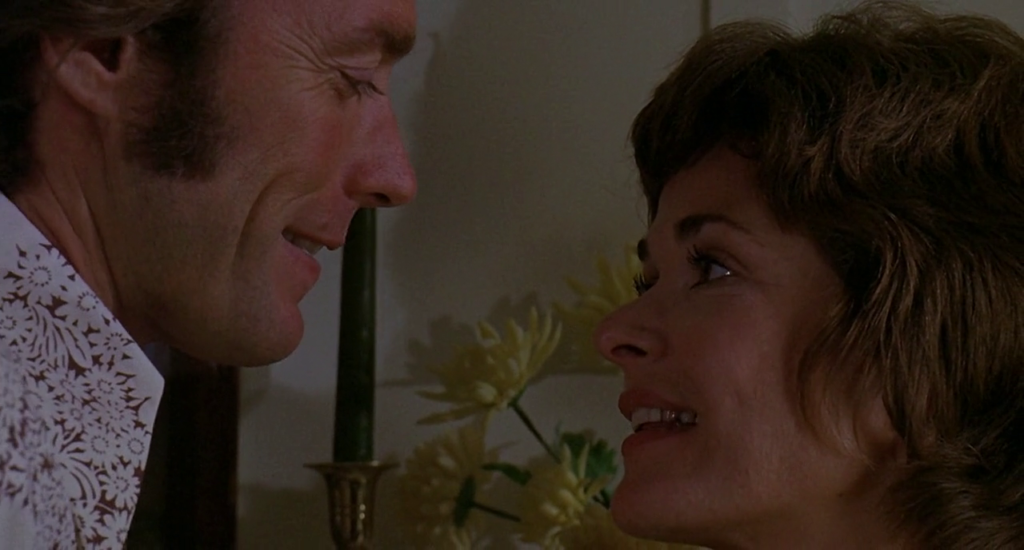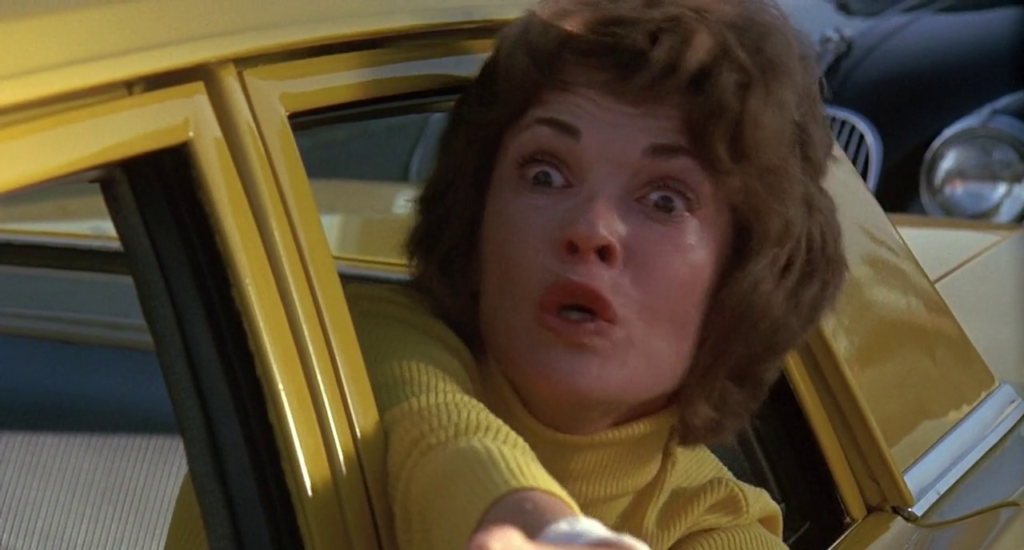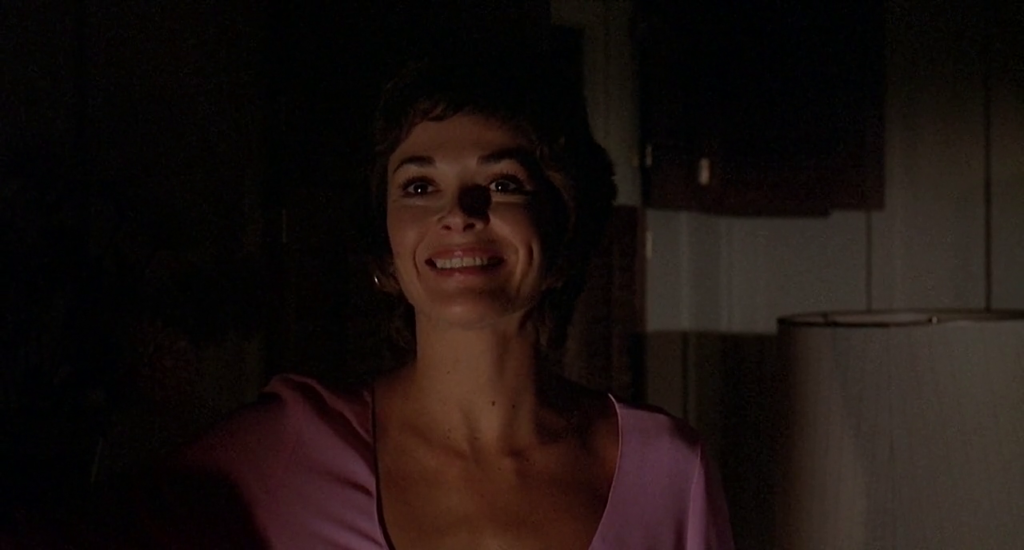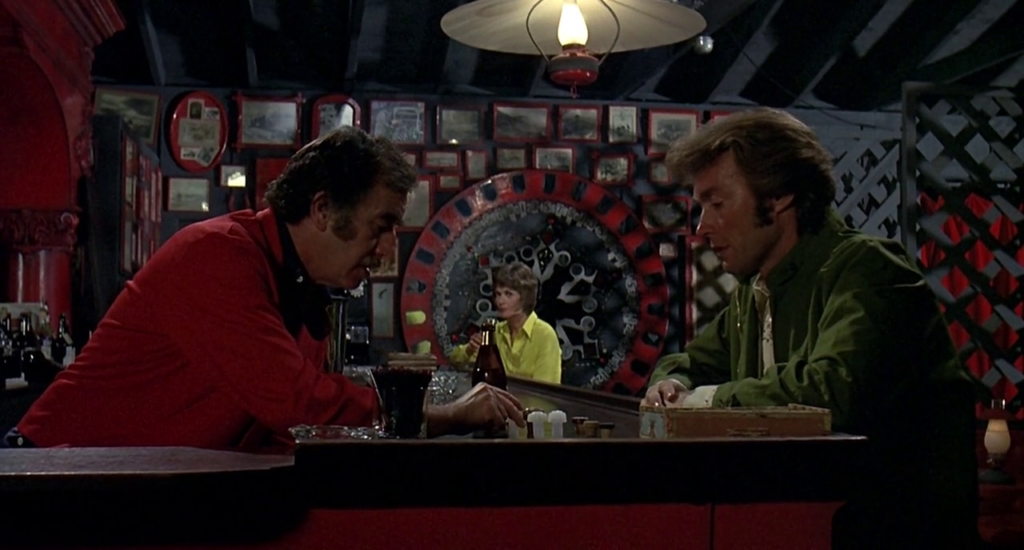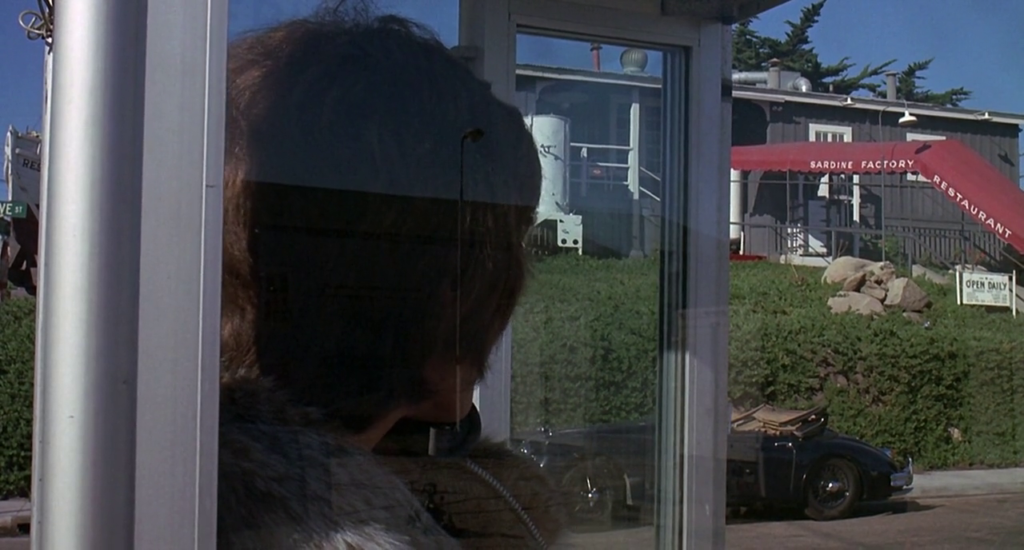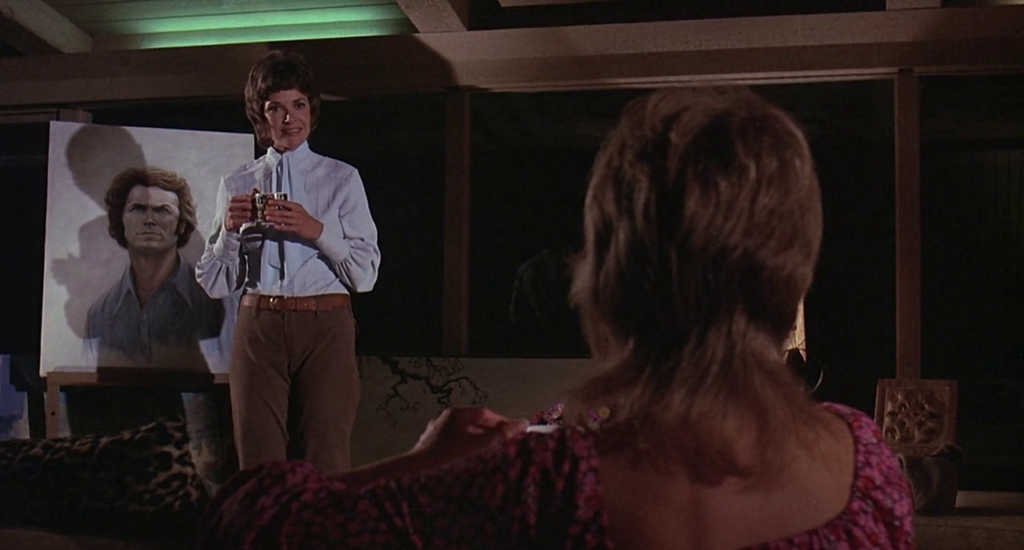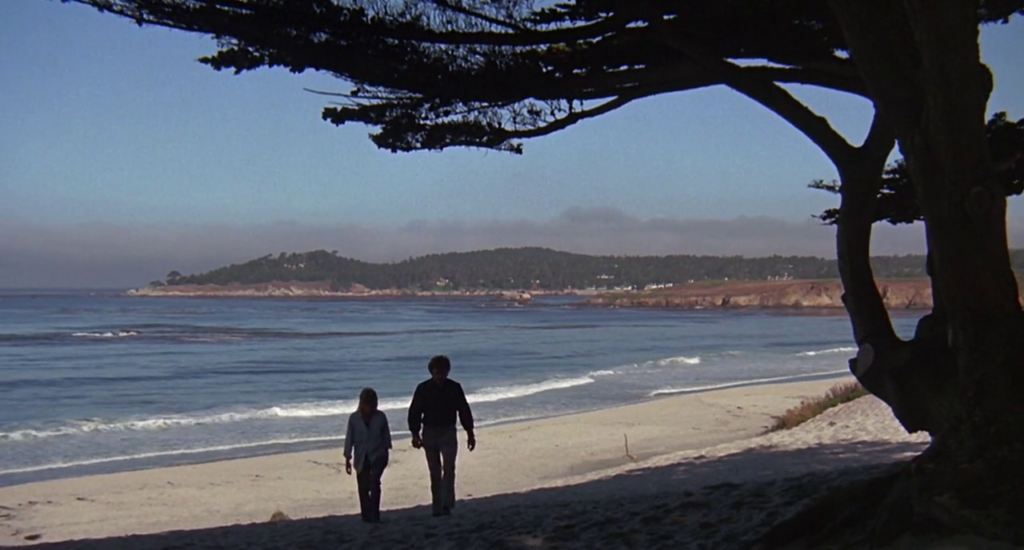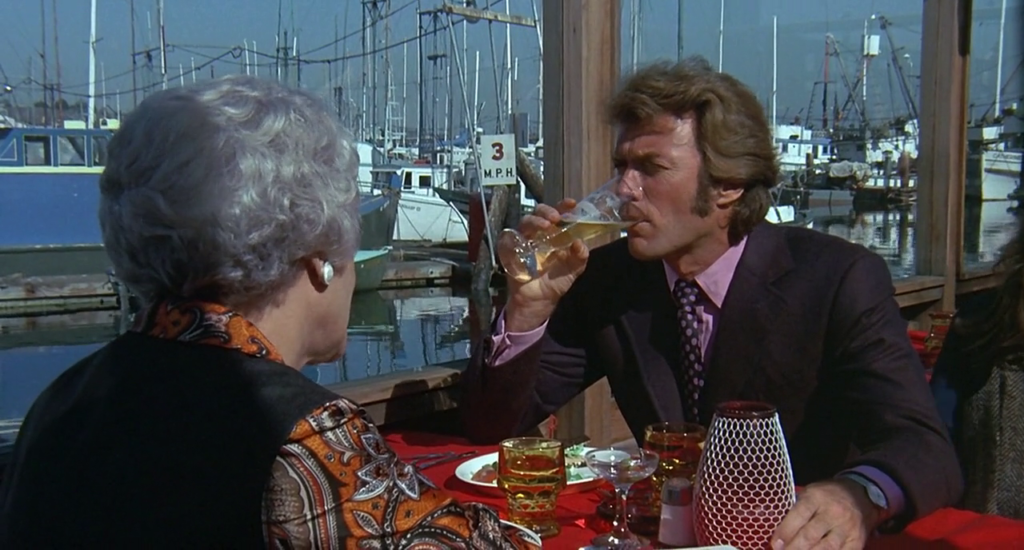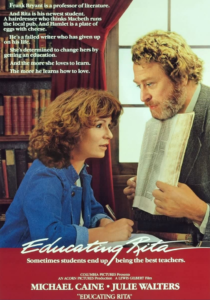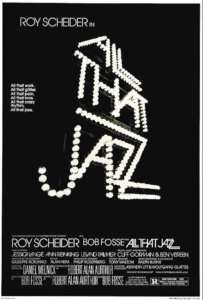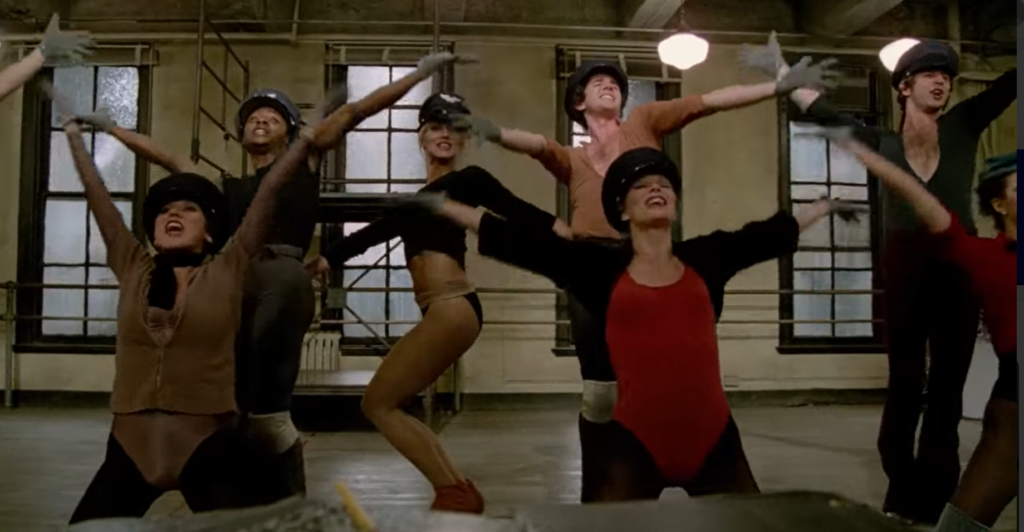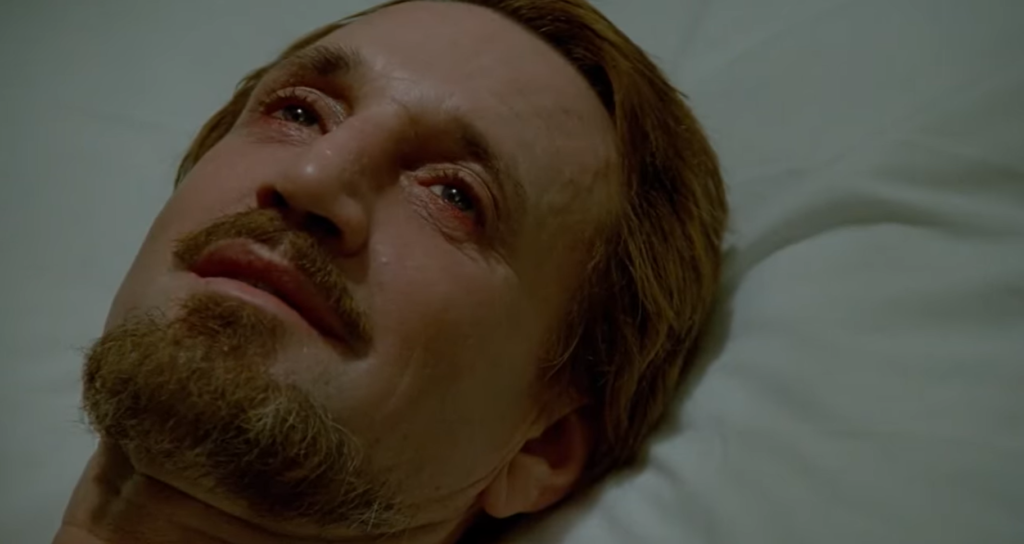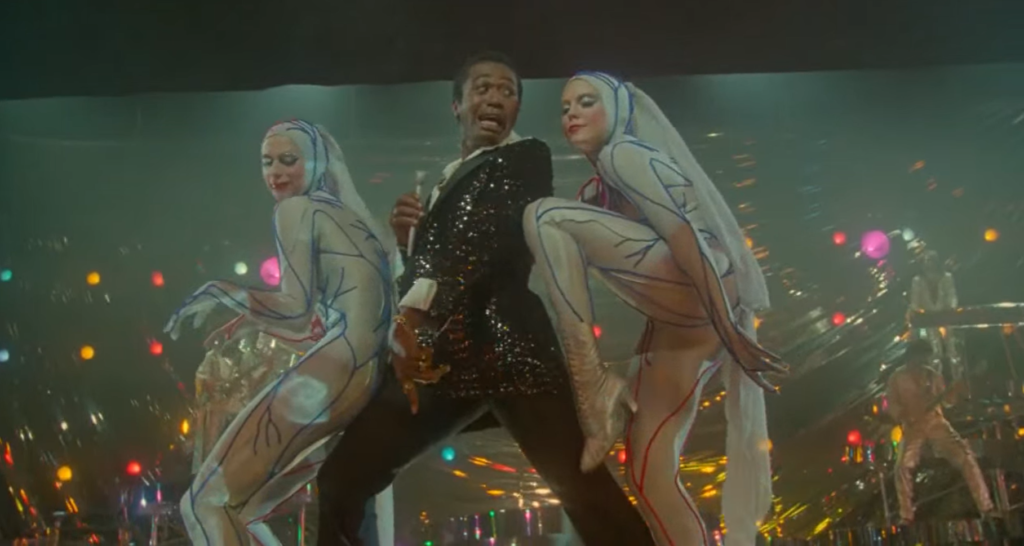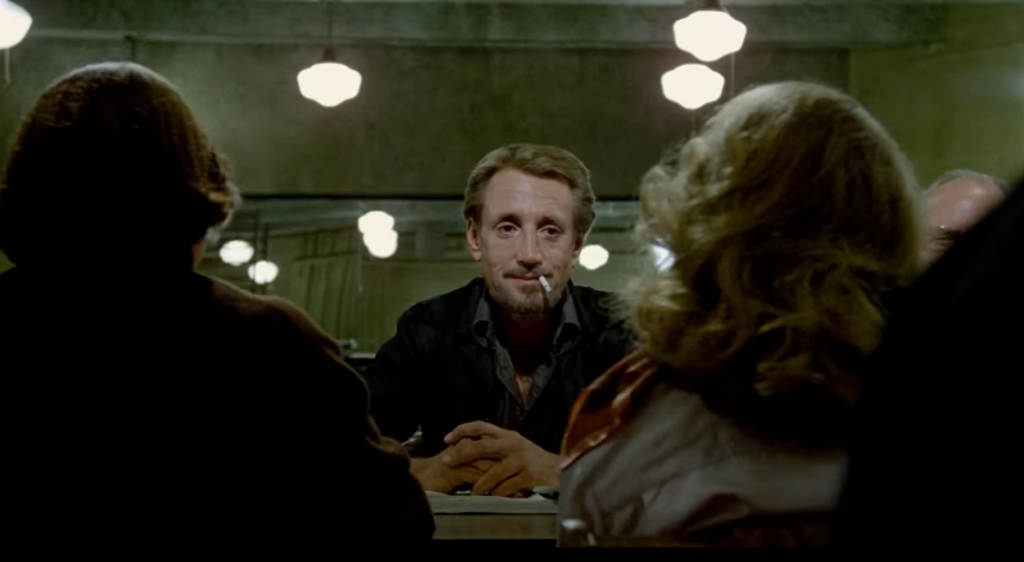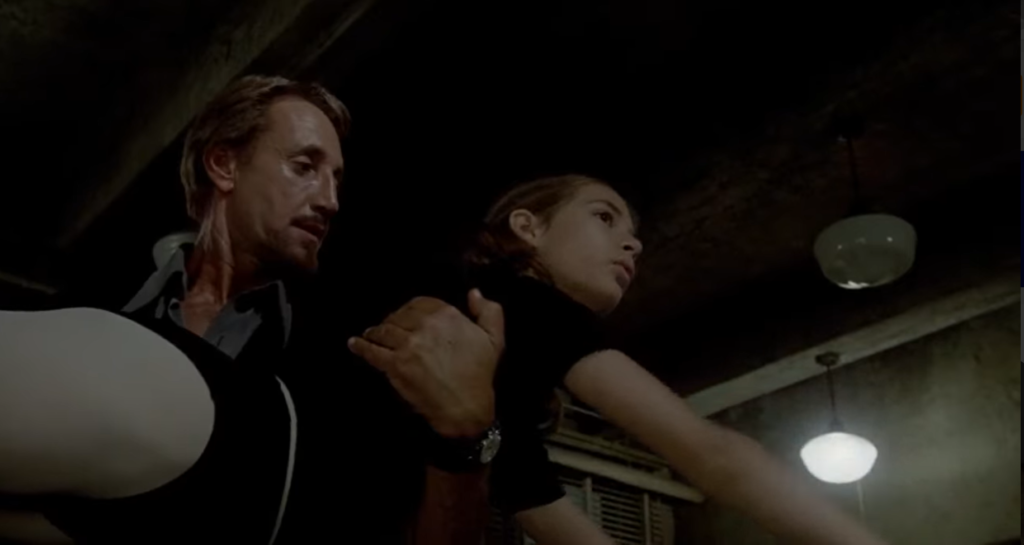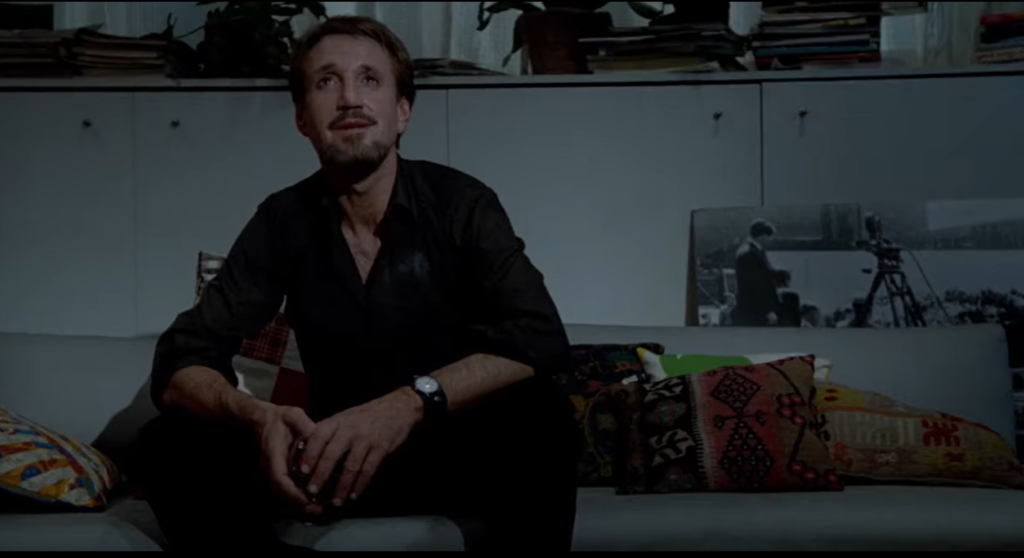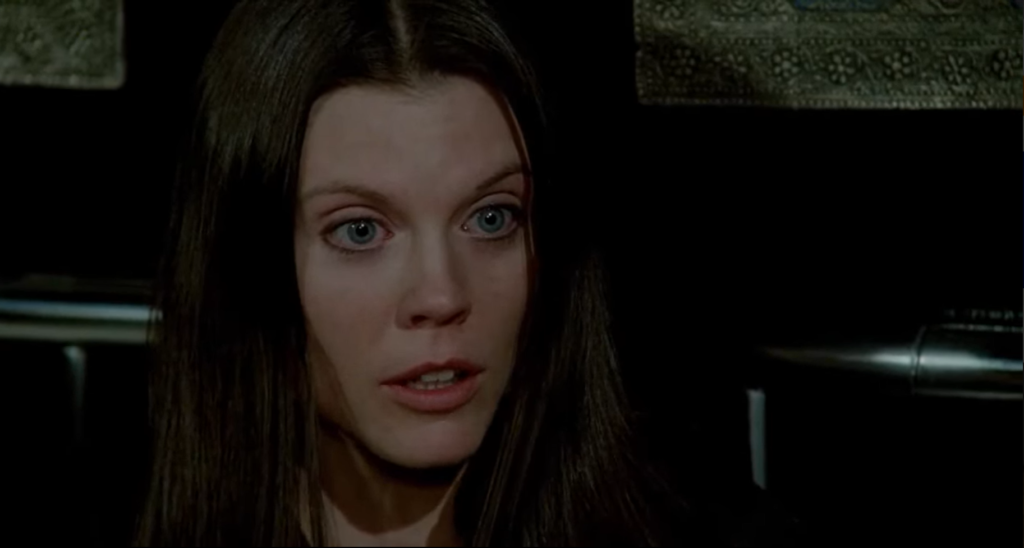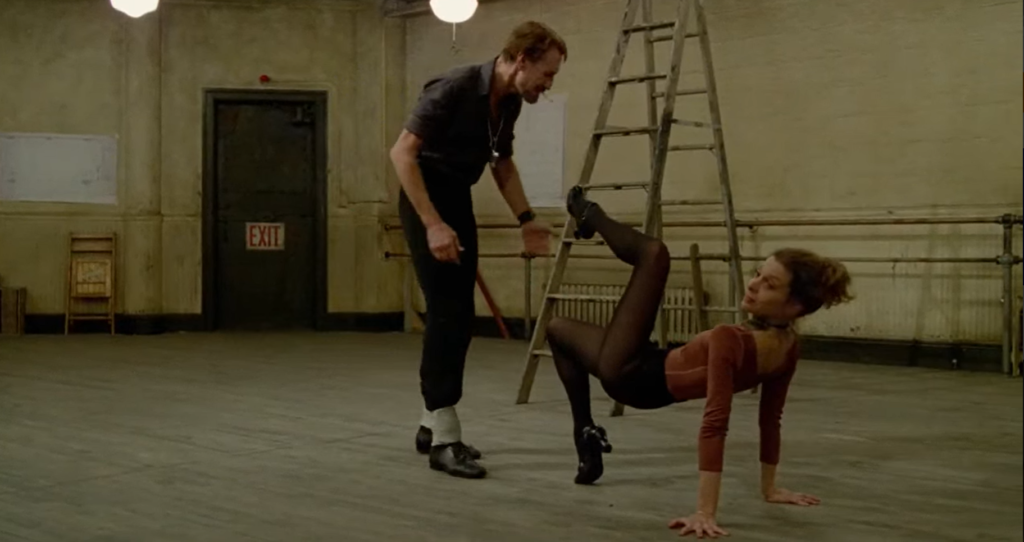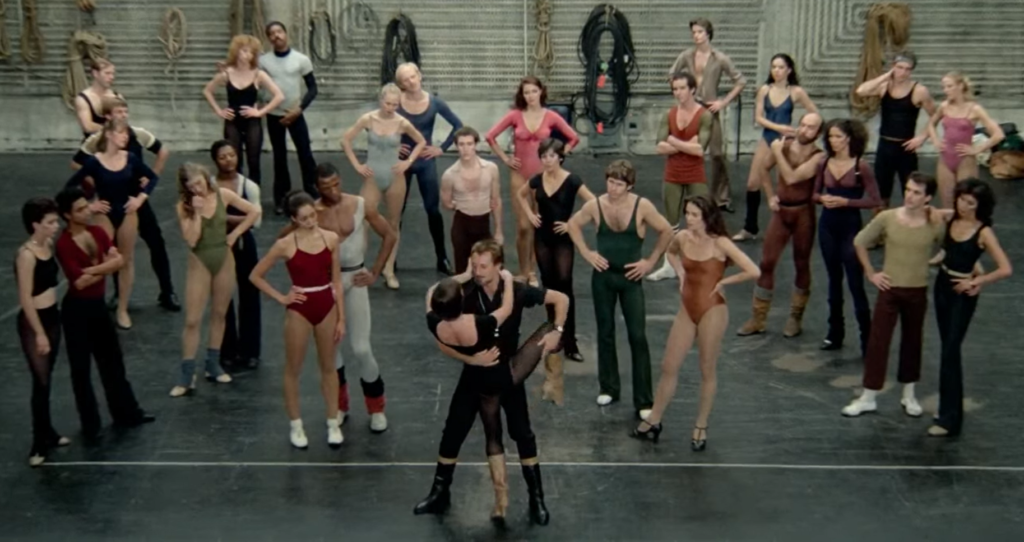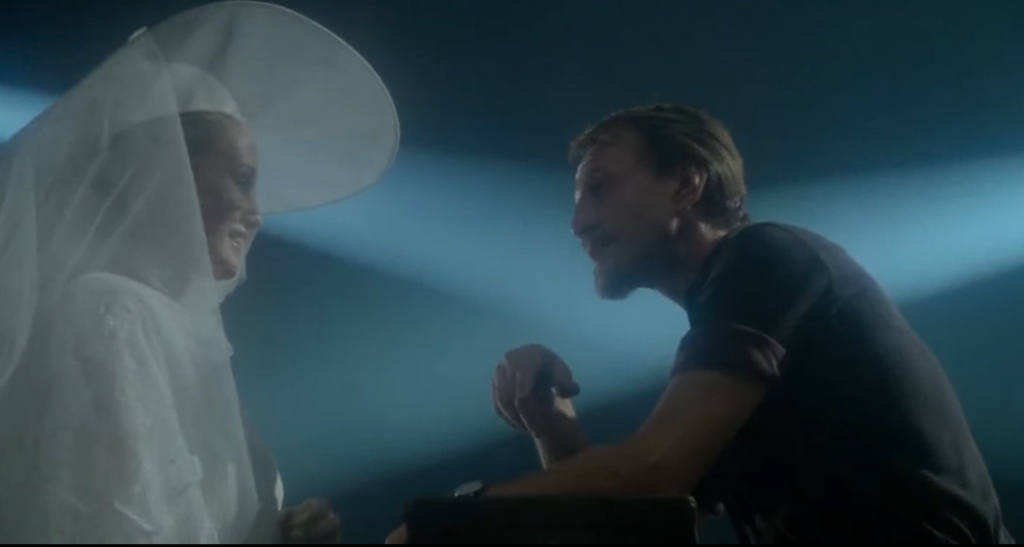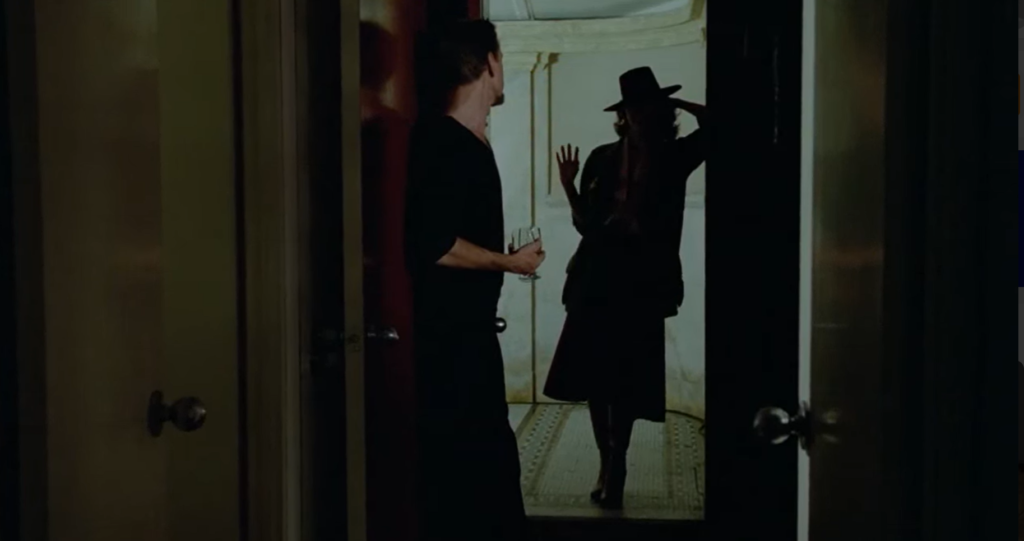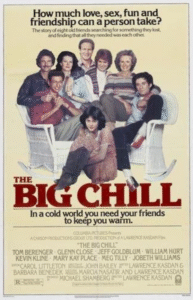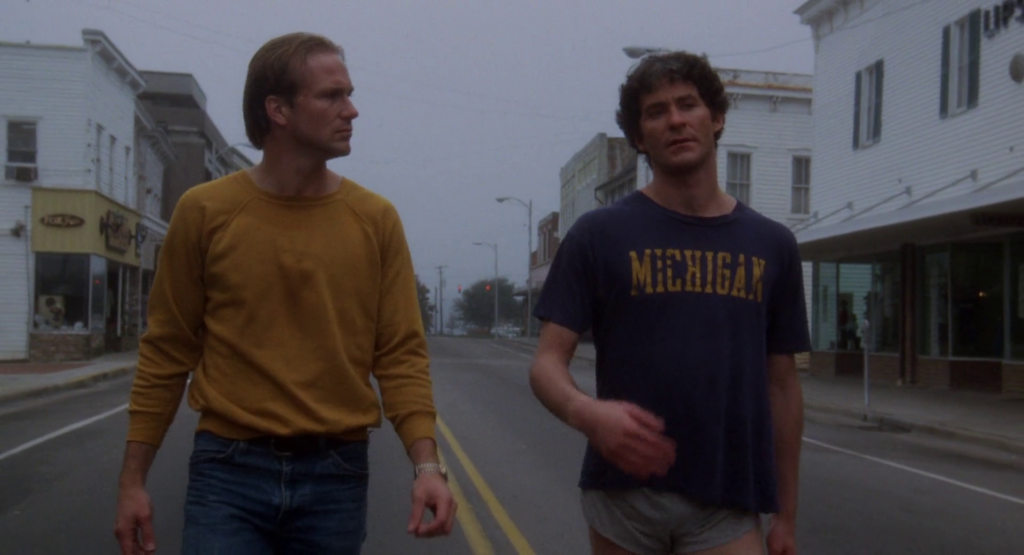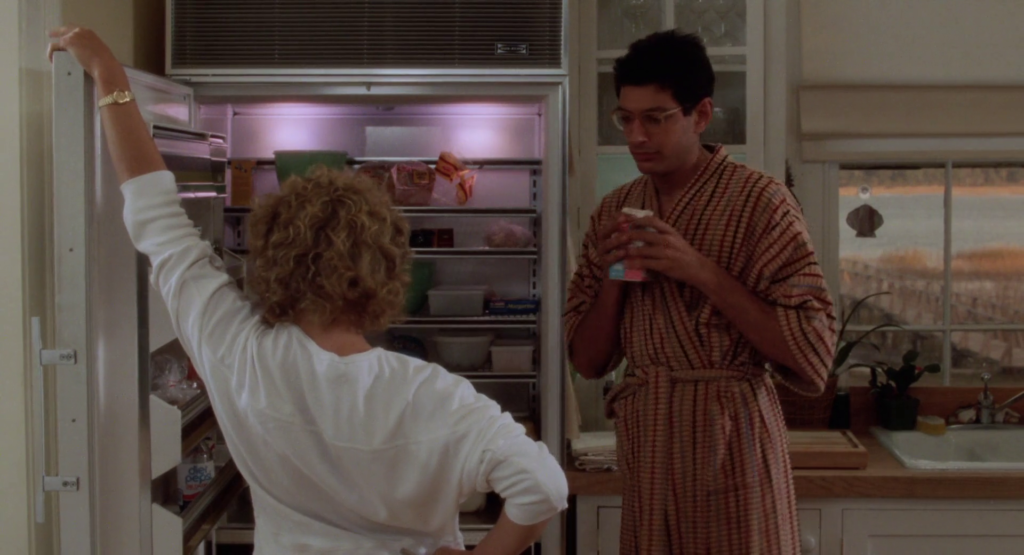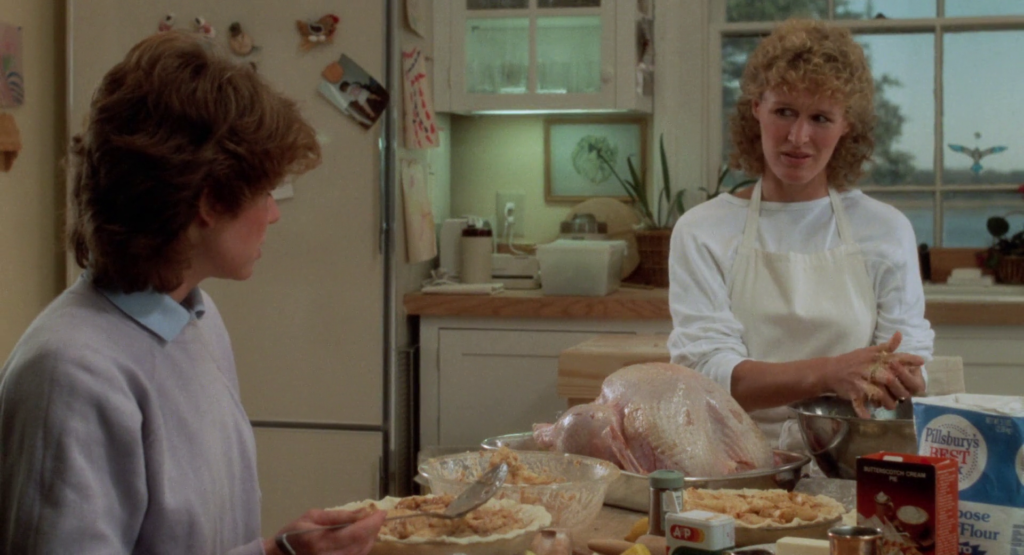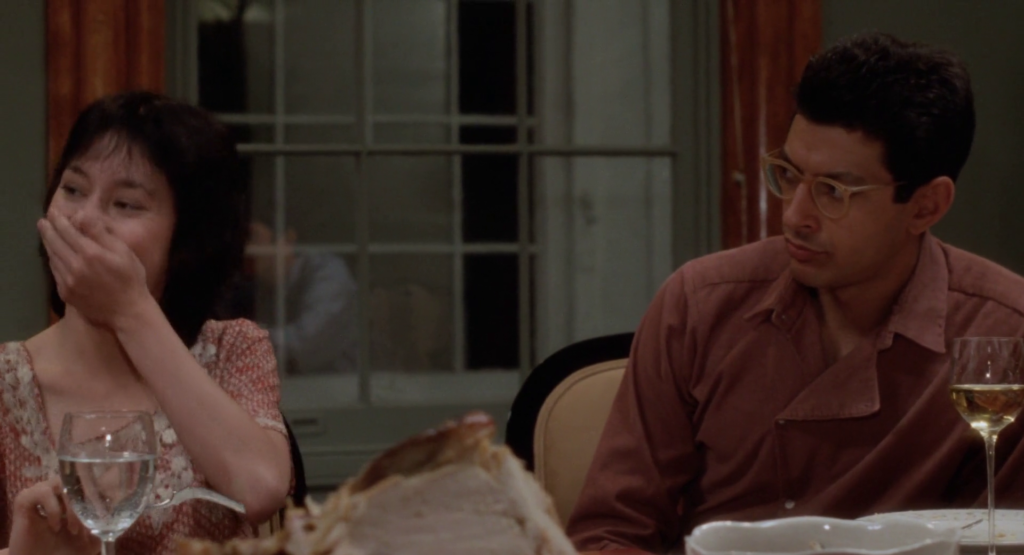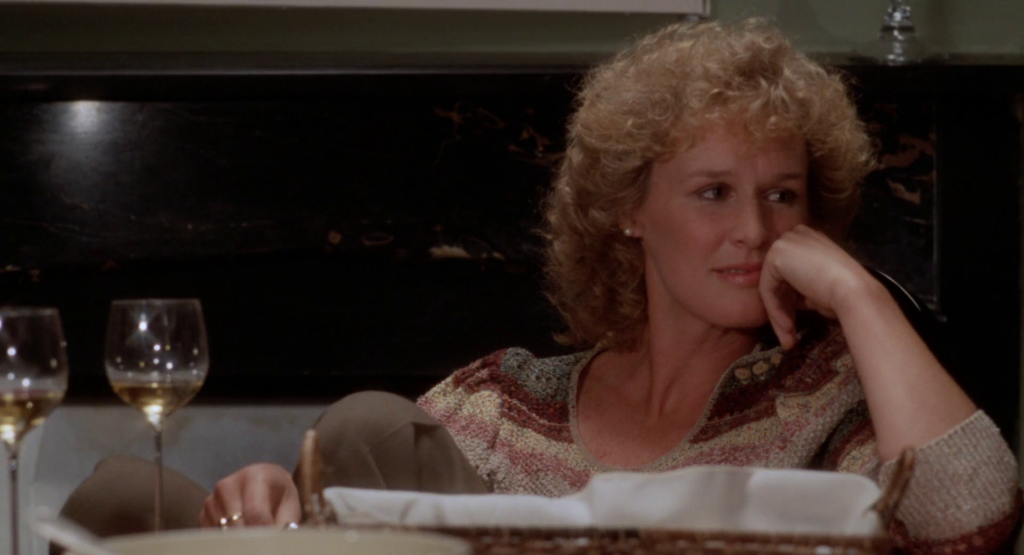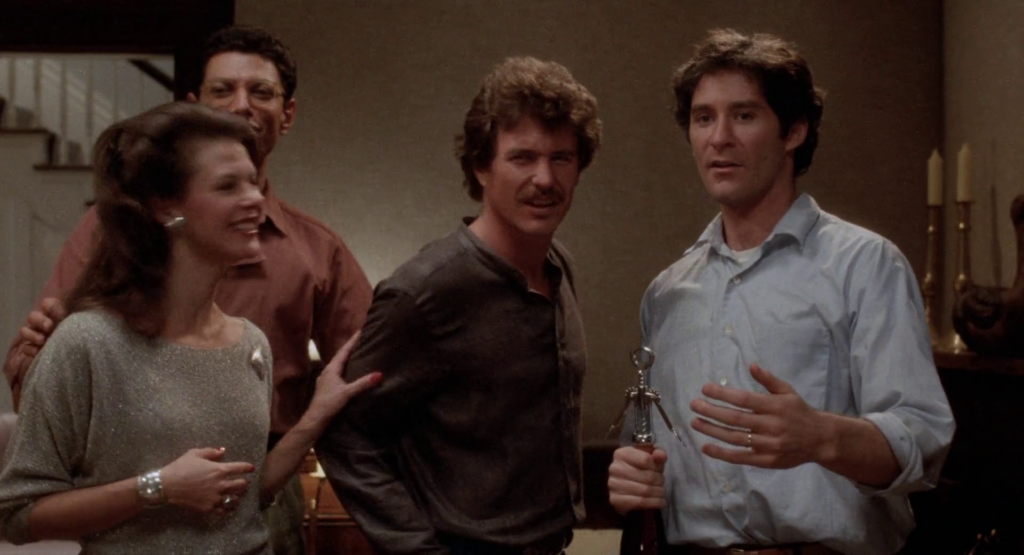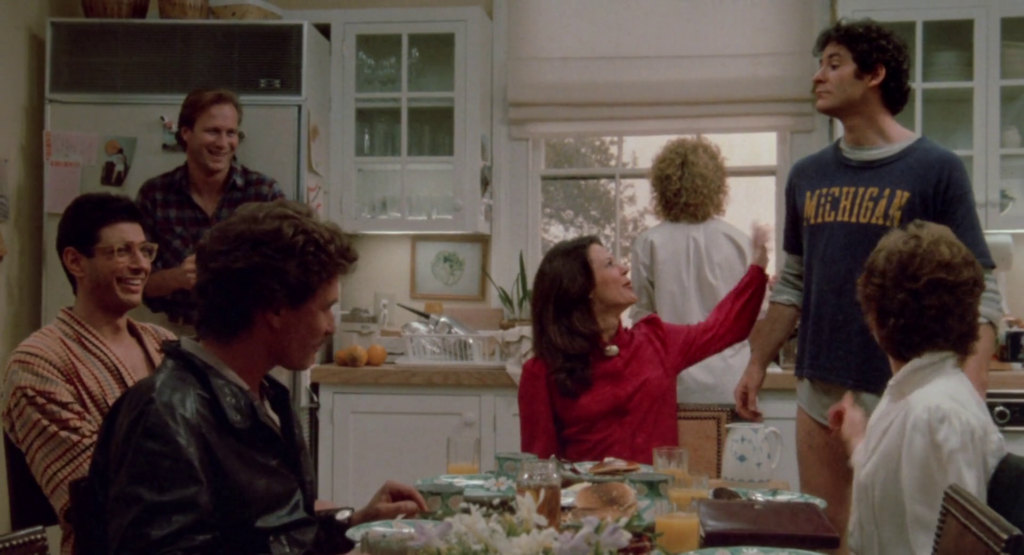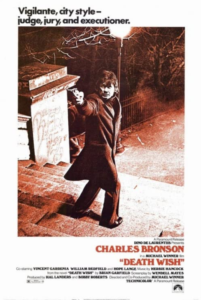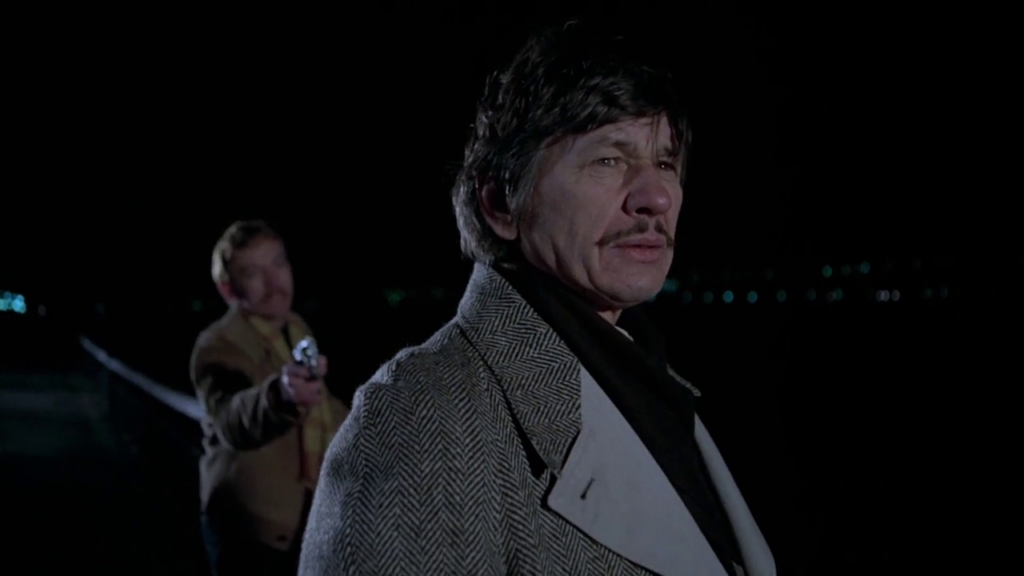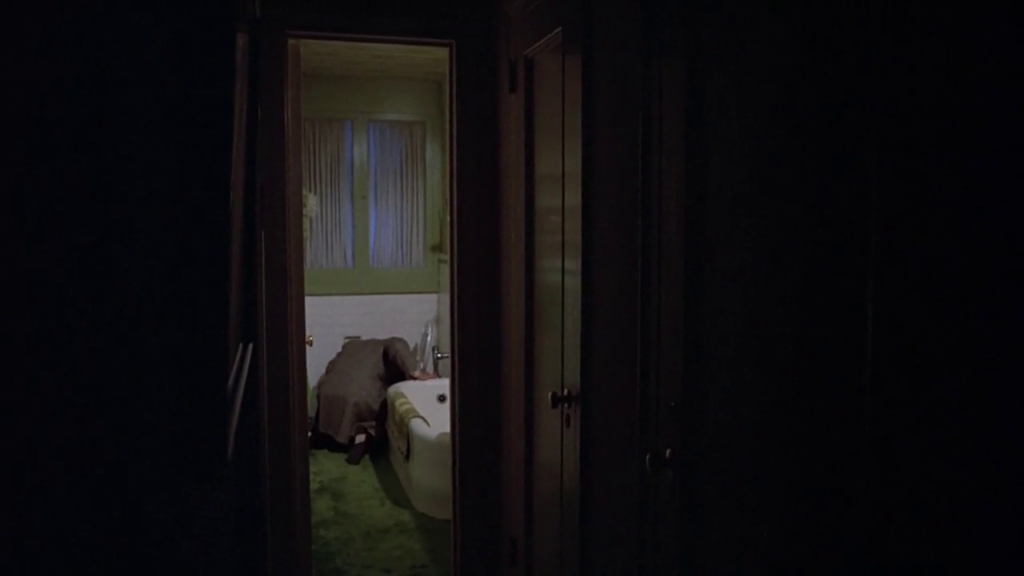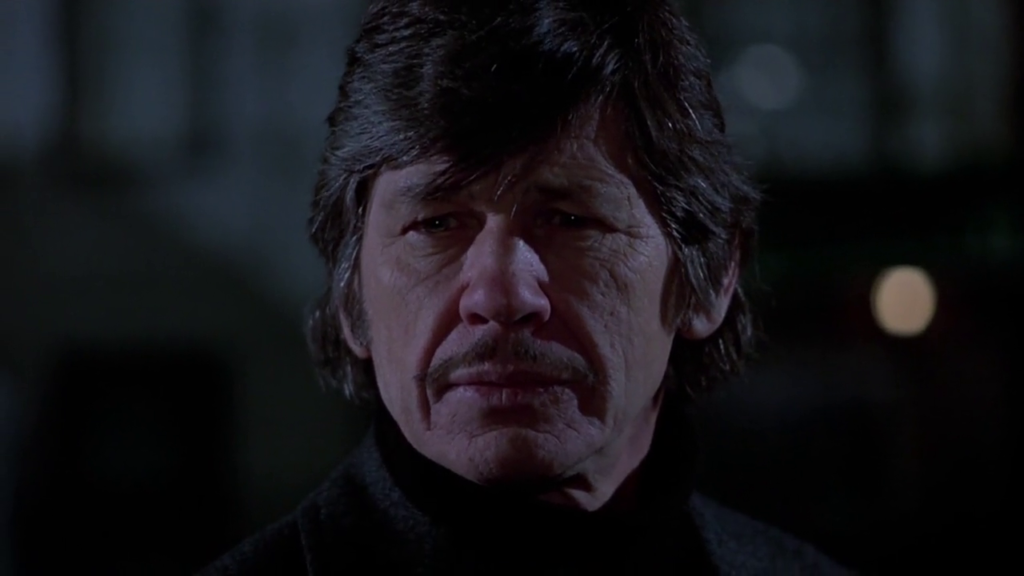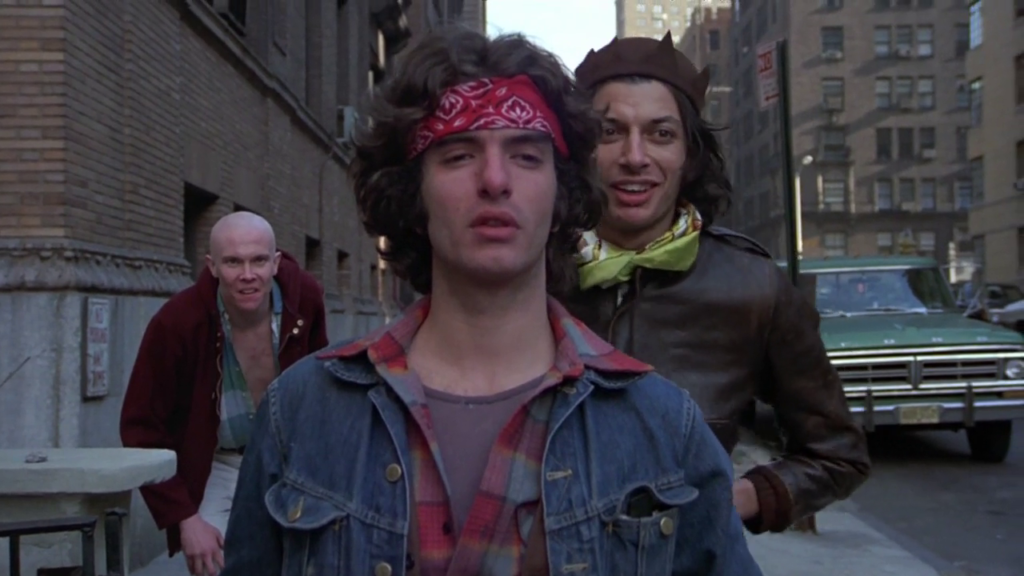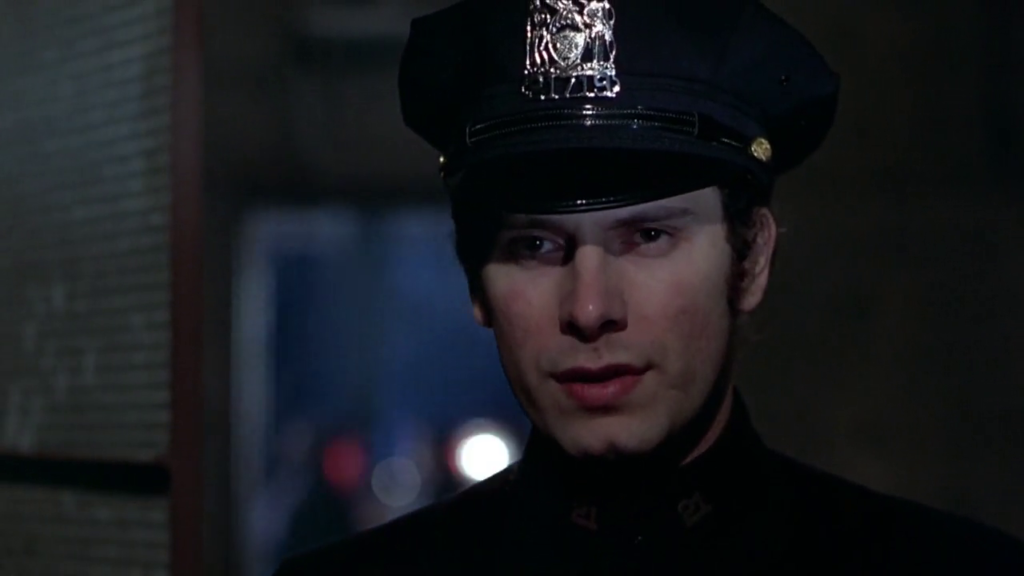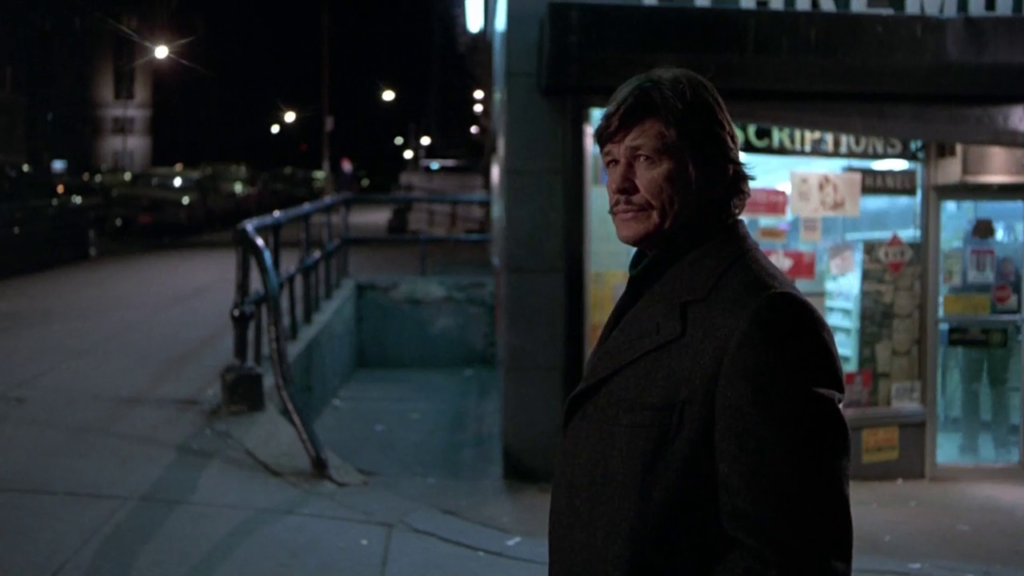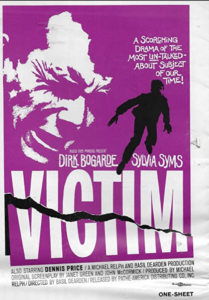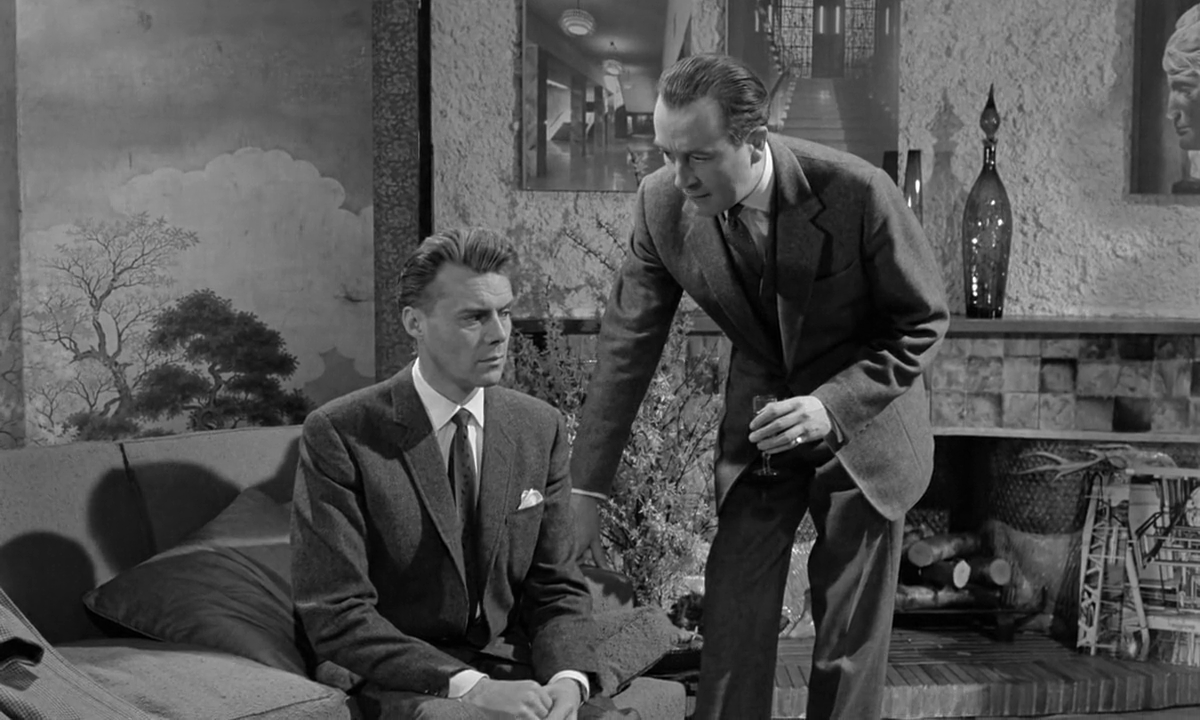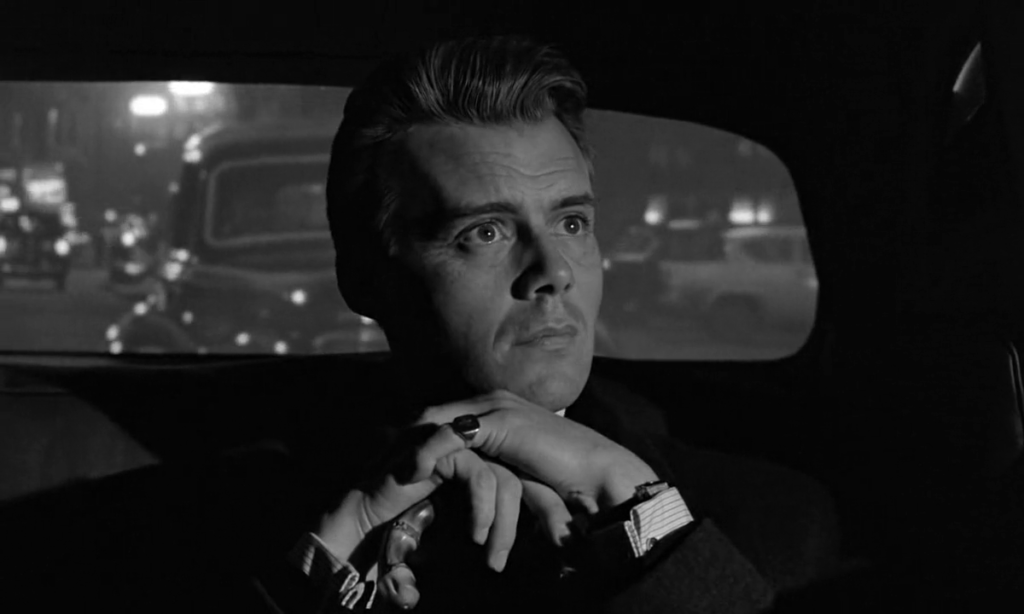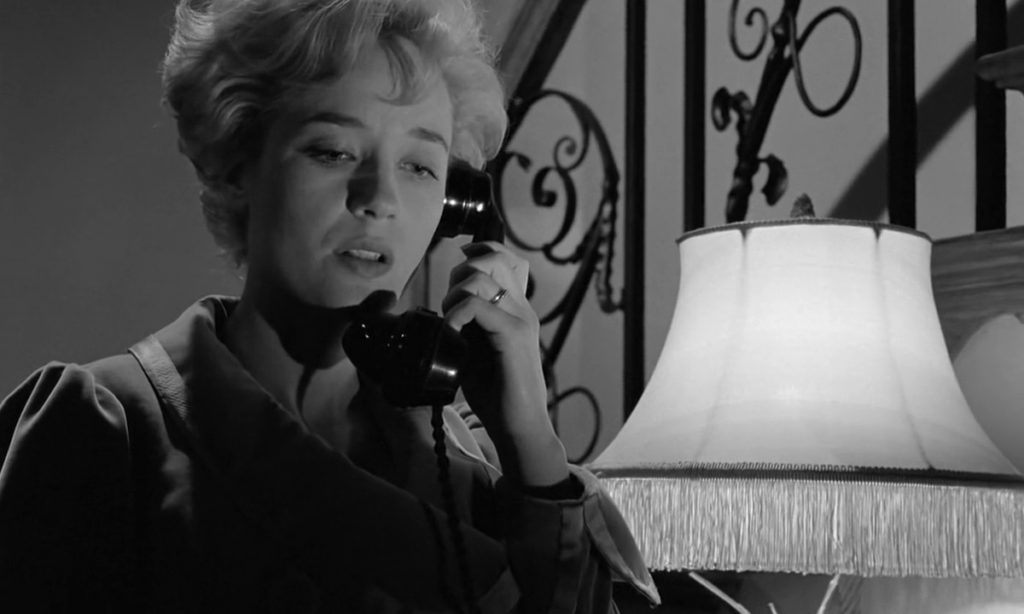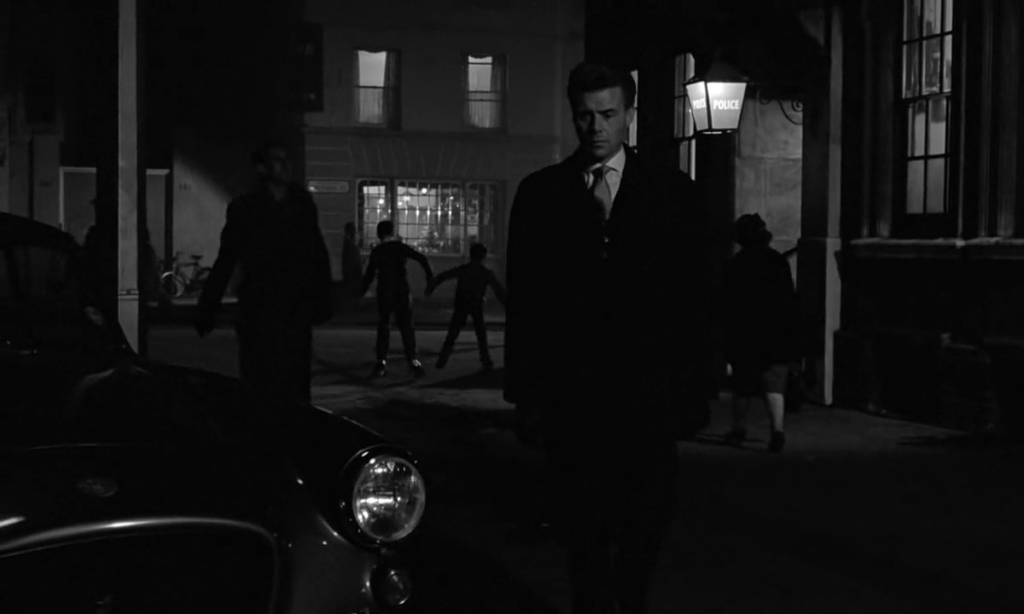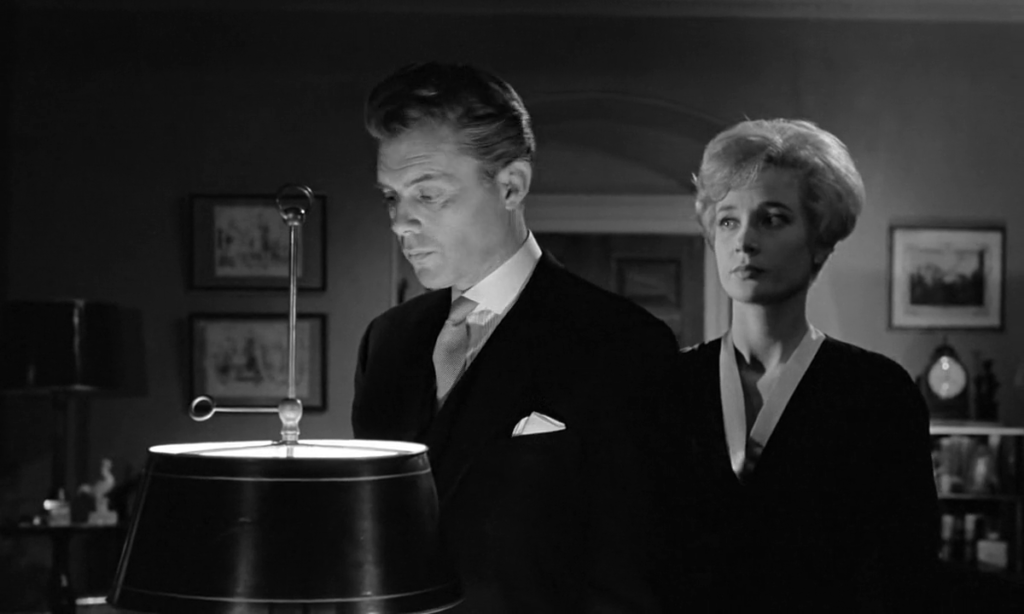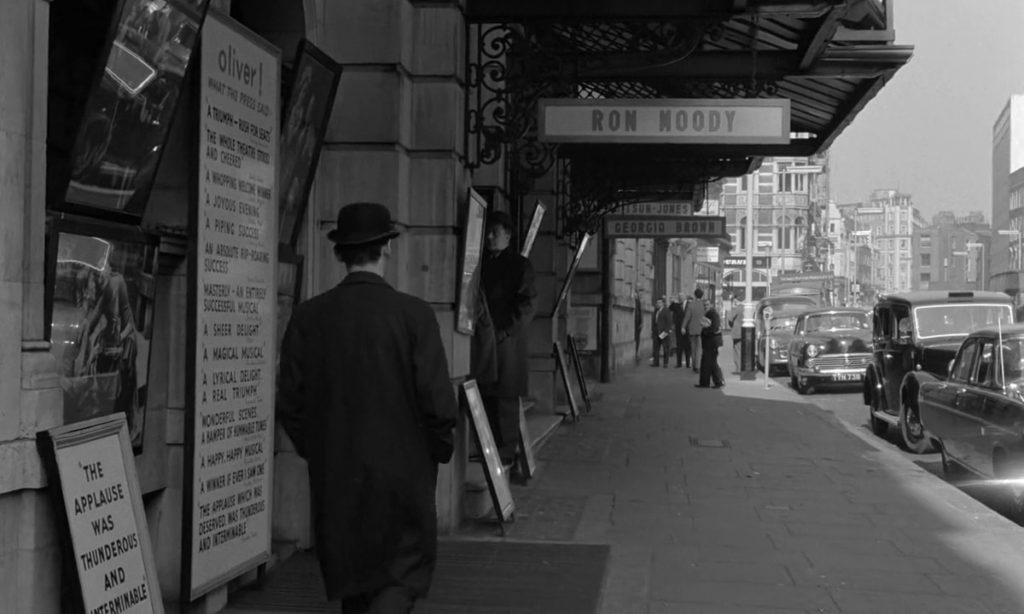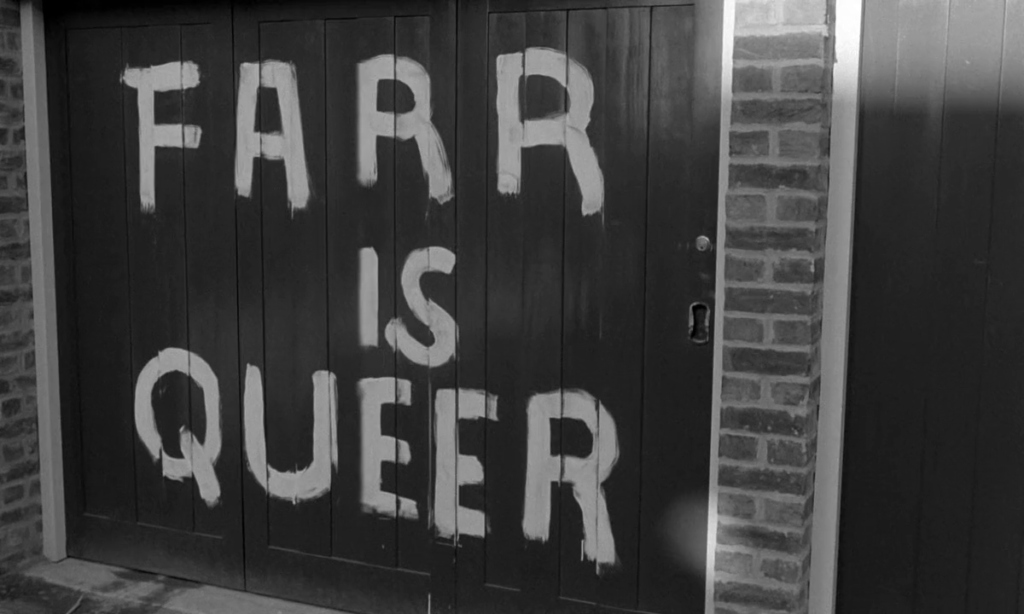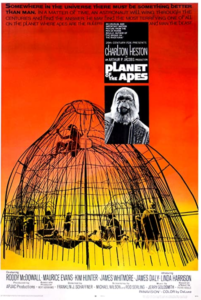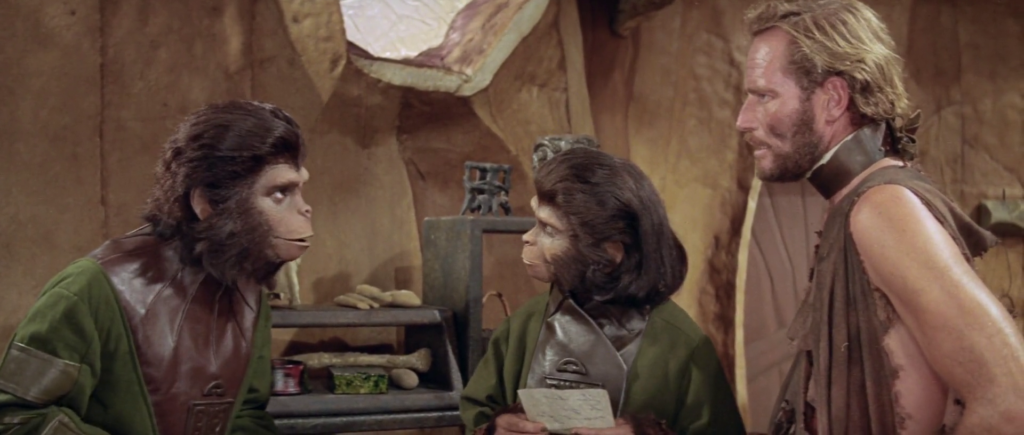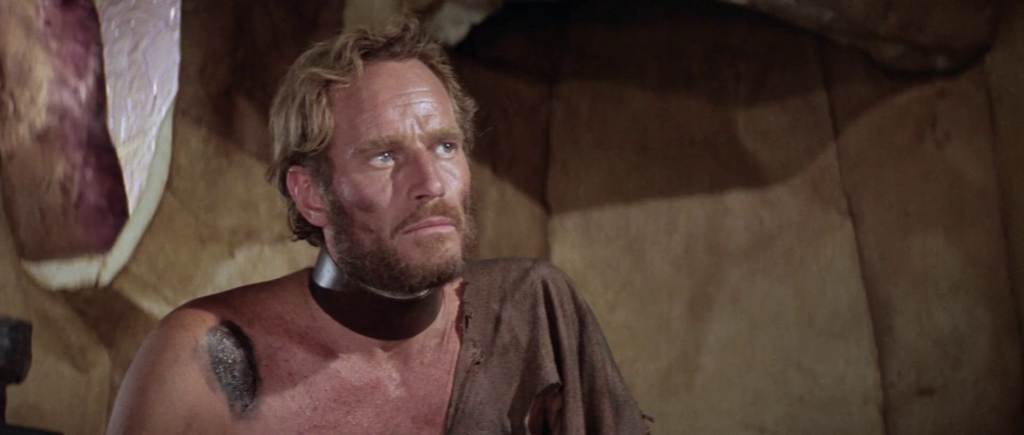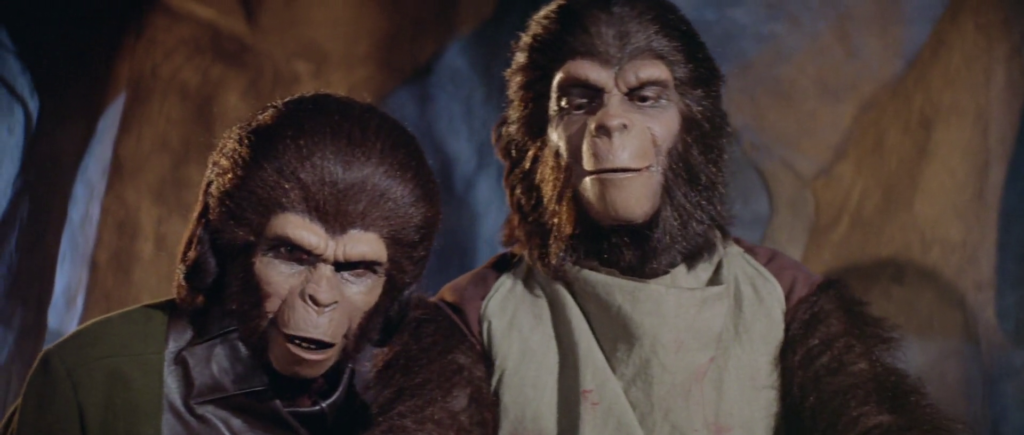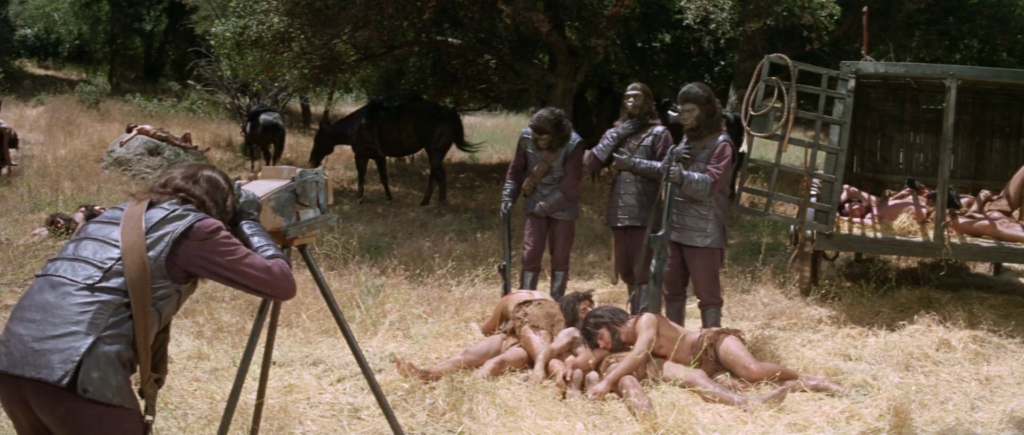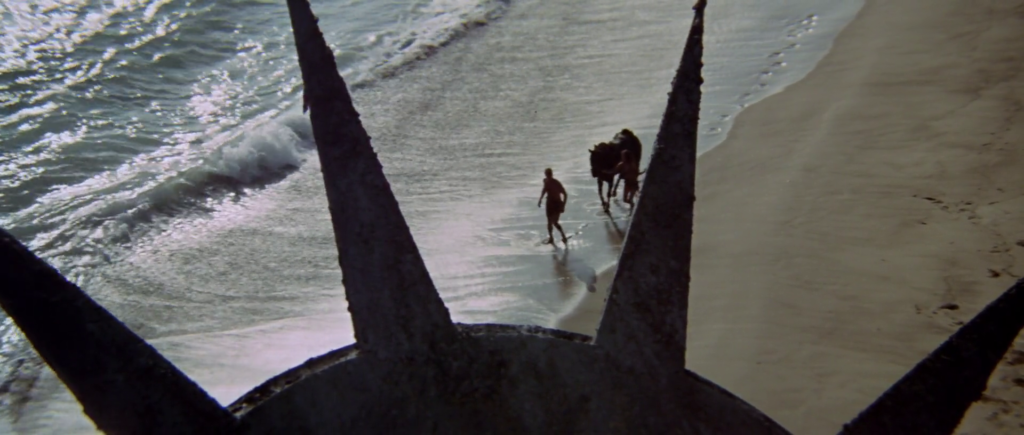|
Genres, Themes, Actors, and Directors:
- Alcoholism and Drug Addiction
- Character Arc
- Class Relations
- College
- Feminism and Women’s Issues
- Mentors
- Michael Caine Films
- Play Adaptation
- Professors
Response to Peary’s Review:
Peary writes that “Julie Walters gives a witty, endearing performance as Rita (the role she had on the London stage), a working class Liverpool hairdresser who decides to study literature at the Open University,” and “Michael Caine is also exceptional as the alcoholic, non-caring professor, a failed poet, who reluctantly becomes her tutor.”
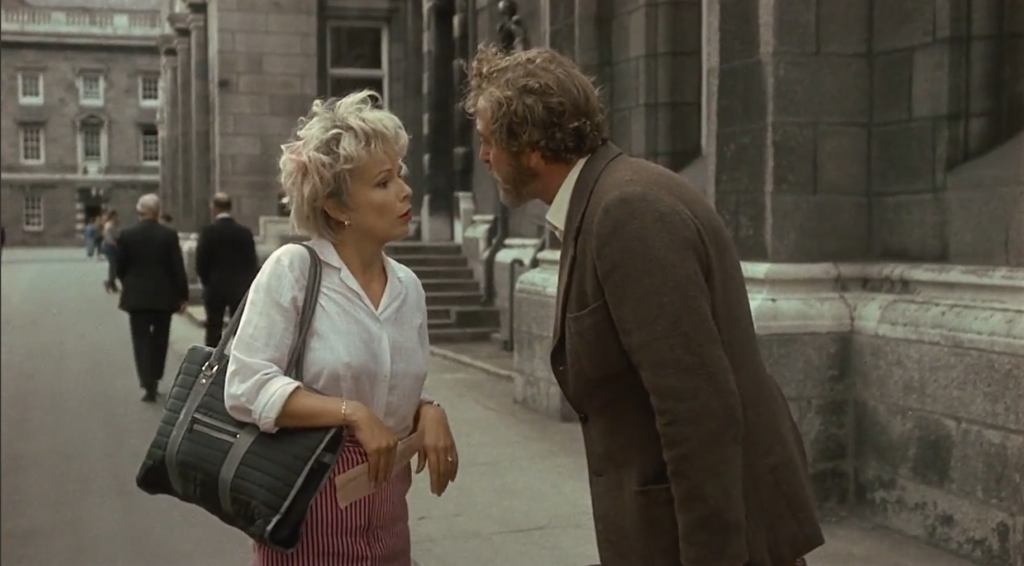
However, I’m not sure I agree with the remainder of Peary’s assessment. He notes that Rita’s “enthusiasm excites [Caine] and he becomes a good professor” (this is only marginally indicated; he still has enormous drinking problems), and that “Caine, who has fallen in love with [Rita], misses the honesty she conveyed before she became (with his help) too sophisticated.” (Again, I’m not sure either of these statements is quite true.) Peary adds, “While the picture was made a decade too late to be taken seriously as an important woman’s-movement film, it does make an interesting point that a man resents a woman who is as educated as or more educated than himself — even if he is the one who encouraged her education” (a “favorite theme of Woody Allen”); however, I don’t actually see evidence of Caine’s Professor Frank Bryant resenting Rita — rather, she puzzles and intrigues him.
In Alterate Oscars, Peary names Caine Best Actor of the Year, asserting that while “Educating Rita was a showcase for Julie Walters, and she gives a dynamic performance, full of grit and wit,” “Caine matches her every step of the way.”
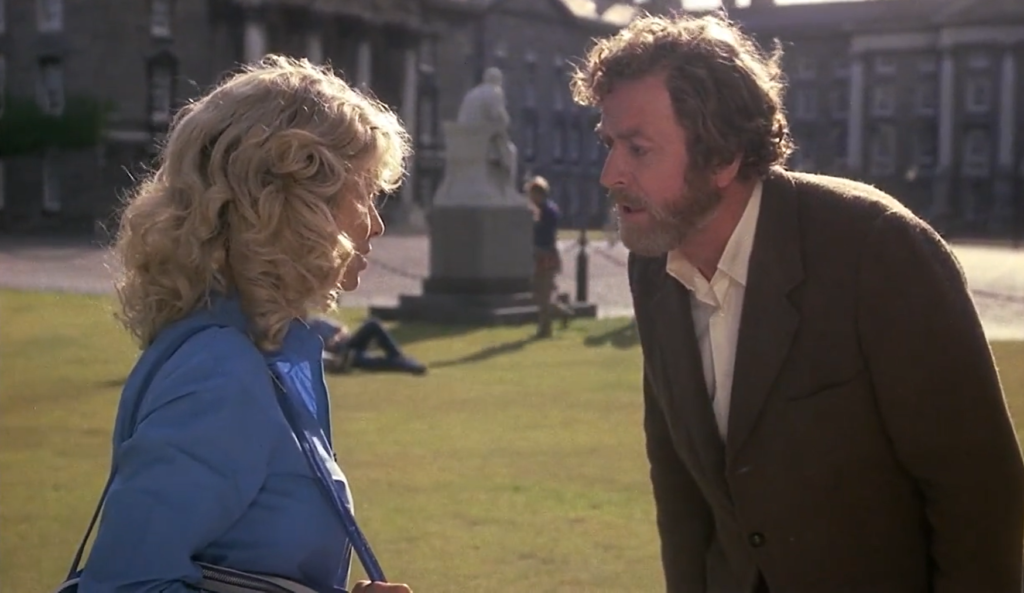
He notes, “As Rita changes in dramatic ways, we notice subtle changes in Frank. As his drinking drops off, he again looks out his window with clear eyes at the pretty world outside, starts to care again about teaching, is excited again about literature, smiles, has energy, looks trimmer… and likes himself again.” But “when Rita leaves his sphere of influence, getting stimulation and experiences elsewhere, he is crushed, reacting with spite and martyrdom,” and “orders her to go away.” (No — actually, he strongly recommends that she attend summer school, reminding her that she has plenty to learn from other tutors besides him.) At that point, “obsolete again, he returns to booze”:
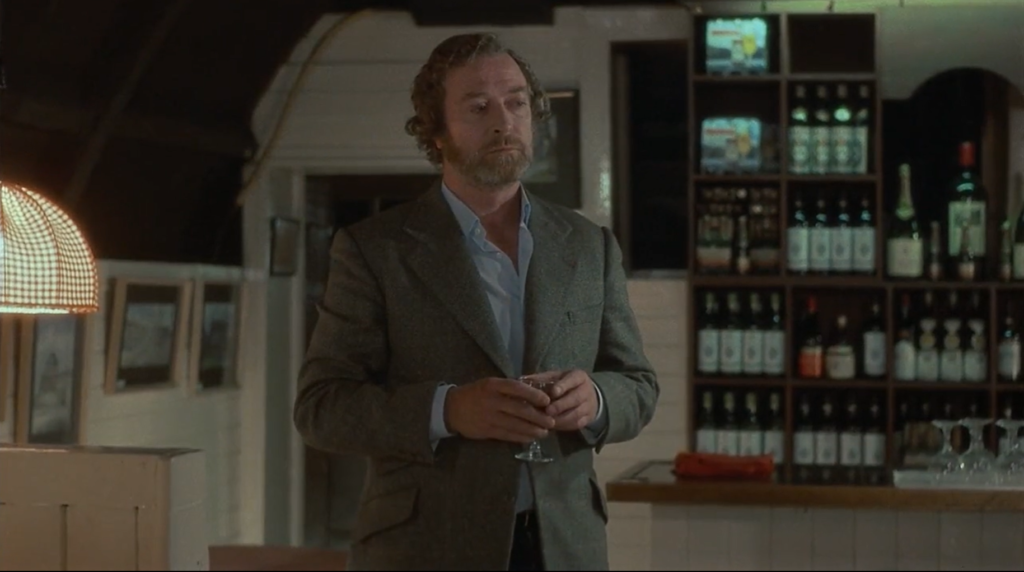
… and “his attitude becomes obnoxious, but Caine makes it evident that Frank is feeling emotions that he hasn’t experienced in years. So while he tries to destroy himself — if the drinking doesn’t wreck him physically, it will at very least cause him to lose his position — he also looks deeply inside himself and unexpectedly finds good qualities, the result of his relationship with Rita.” Peary concludes that “as Frank Bryant, tutor of someone who had a background much like Caine’s own, he got the opportunity to be intelligent, tender, funny, bitter, self-pitying, and insecure.”
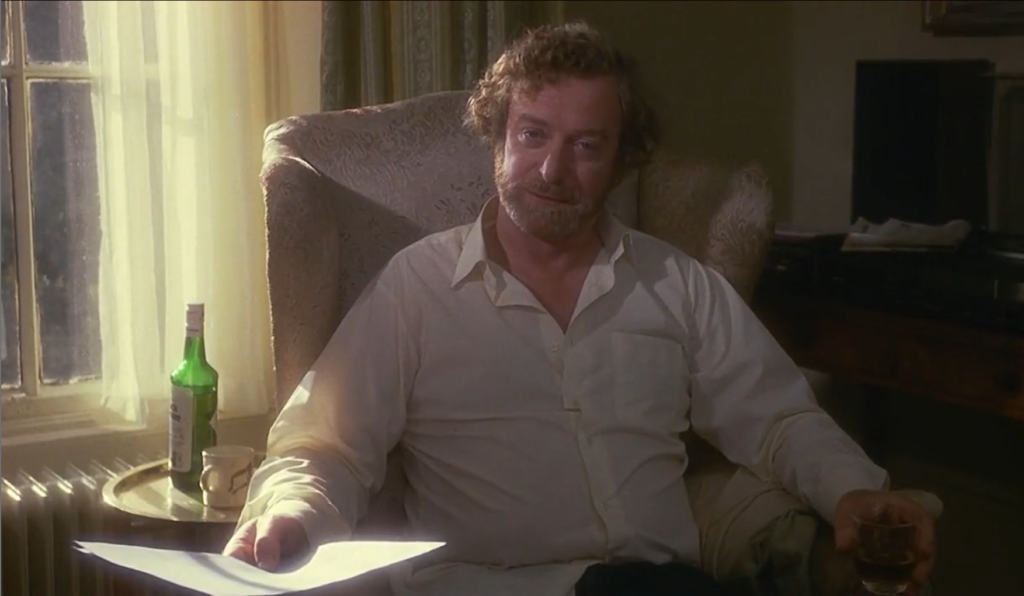
I’m a fan of Caine’s work here, but can’t relate to much of Peary’s assessment, given that Frank’s trajectory is ultimately peripheral (rightfully so) to that of Rita. Caine’s performance hints at the depths indicated in Peary’s analysis — but because they’re not the primary focus, we don’t really know for sure what’s going on. We see the folks around Frank (students, colleagues, friends) showing remarkable sympathy for his disease, giving him yet another chance, time and again — but we’re not actually sure he deserves these chances. Instead, it’s Rita’s bold liberation from the shackles of her class expectations that keeps us engaged; it’s easy to sympathize with the predicament she finds herself in, given that she genuinely cares for her husband and family but simply can’t relate to their desires or lifestyle anymore.
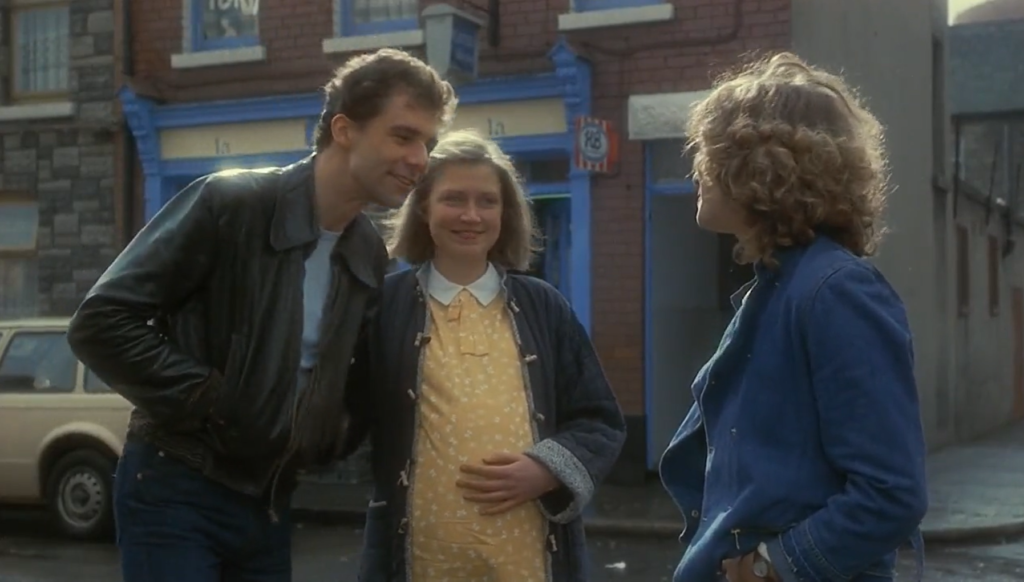
Peary ends his Alternate Oscars review of Caine’s performance by writing:
“After Rita’s transformation from honest woman to pretentious [sic] sophisticate, Frank alludes to Mary Shelley’s creation of a monster. Significantly, while he begrudges himself for having altered Rita, he is the one who is acting like a monster. You really do feel his ‘smirking terror’ as he gazes at this woman who has outgrown him and wants her freedom. What’s really scary, for many of us men, anyway, is that we can identify with Caine’s abandoned mentor at this moment.”
Peary’s sentiments are authentic and revealing of his own insecurities — and while I can’t relate to them, it’s clear that this film offers different take-aways for a variety of viewers. As Peary writes in GFTFF, “This was an unexpected hit that most everyone liked, despite the conventional Pygmalion-influenced story,” and it remains worth a one-time look.
Notable Performances, Qualities, and Moments:
- Julie Walters as Rita
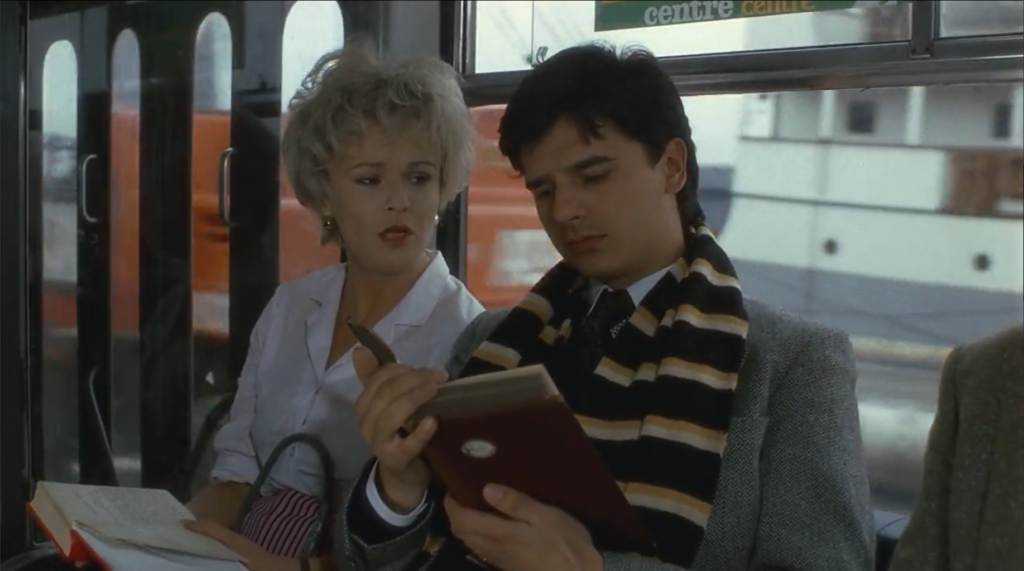
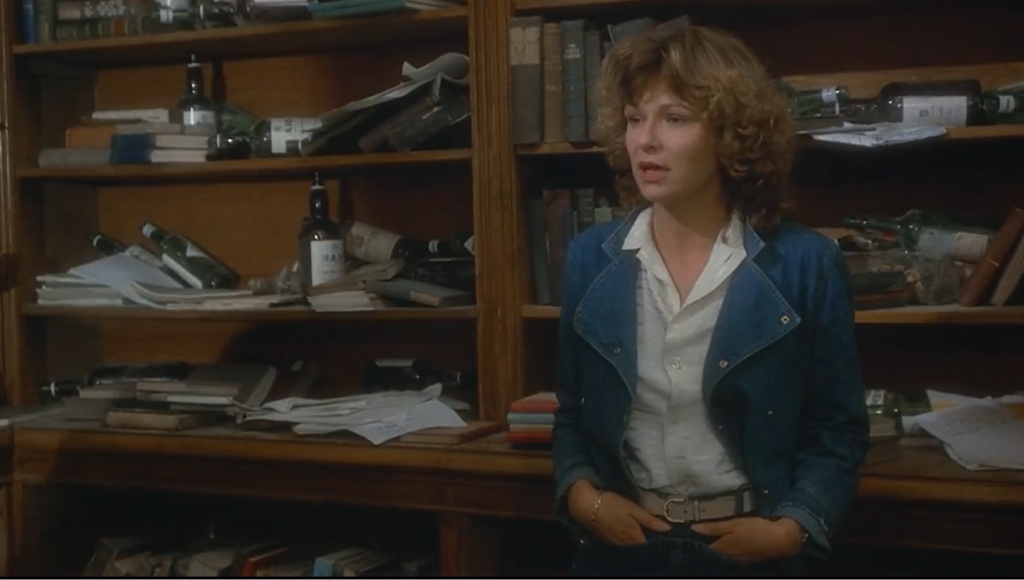
- Michael Caine as Dr. Frank Bryant
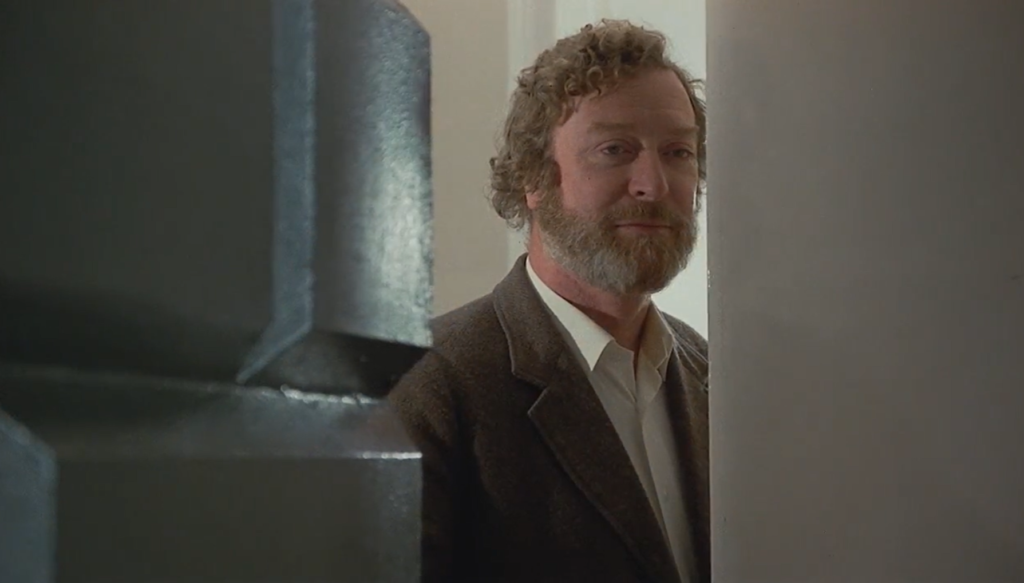
Must See?
Yes, for the strong central performances.
Categories
- Noteworthy Performance(s)
- Oscar Winner or Nominee
Links:
|
